As we gear up for another busy summer, WFCG wants to talk about our lovely volunteers! You may already know that we get a lot of volunteers from around the area to help out at the garden. Activities range from weeding the pollinator garden, tending to our row crops, planting seedlings, and caring for our chickens. Our typical volunteers look something like this:
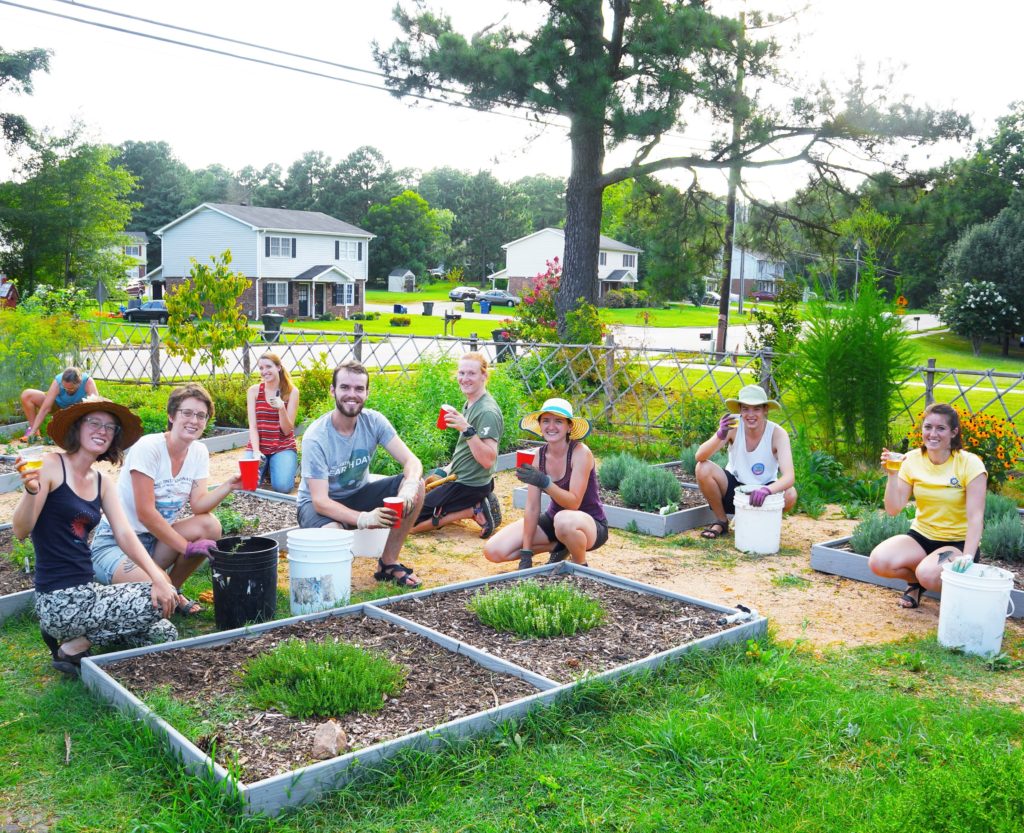
What if I told you that, every year, we have some volunteers that look something more like this:
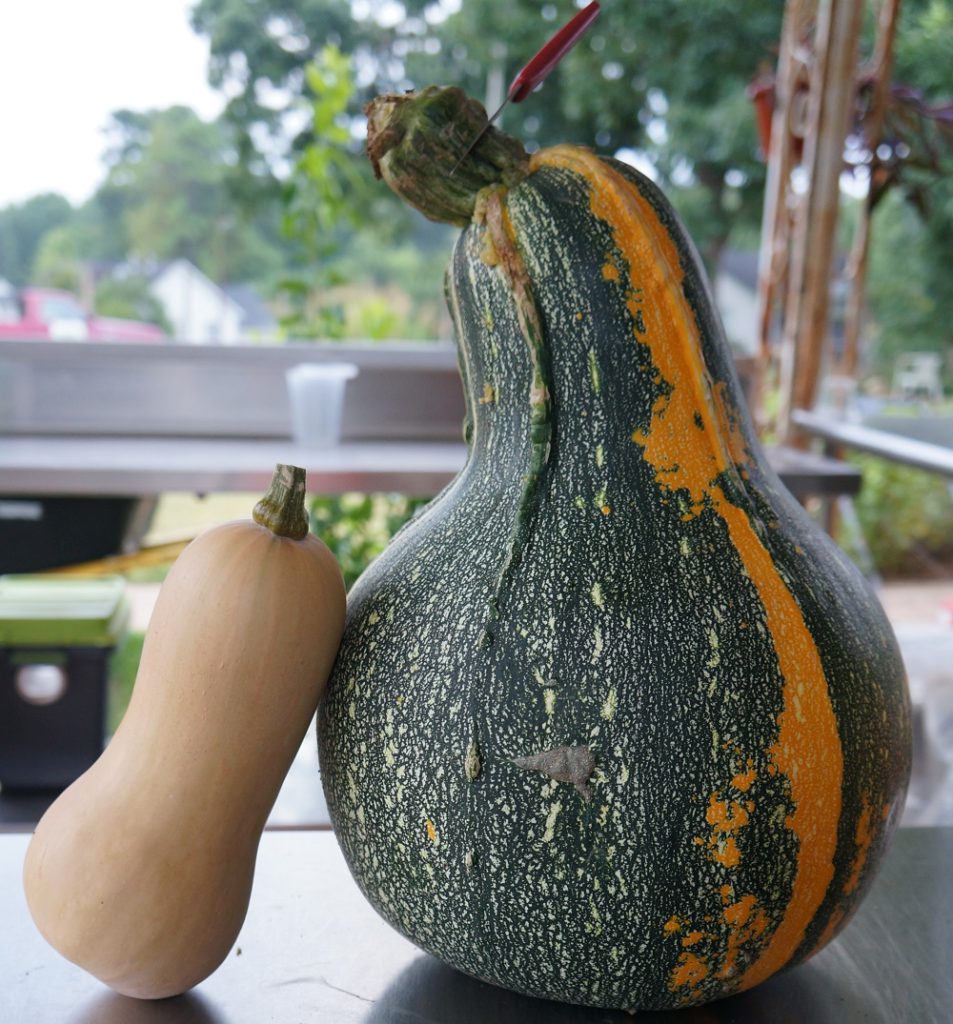
This month, we wanted to highlight the lesser known volunteers we get on the garden – plants that we did not intentionally grow. Seeds may have fallen out of our pockets or gotten mixed with seeds we did not intend on growing, or even grown from the fruits that we ate and dropped on the ground once we were done. Here are the faces of our Summer 2017 volunteer plants and their stories:
Butternut Squash:
Among the compost turning one hot summer morning, we realized that the small vine that had been by the compost for a month or two had now become larger…and was growing something on it. Upon further examination, they were butternut squash! It seems that someone had bought a butternut squash from the grocery store, composted the seeds, and out popped a plant that multiplied the squash.
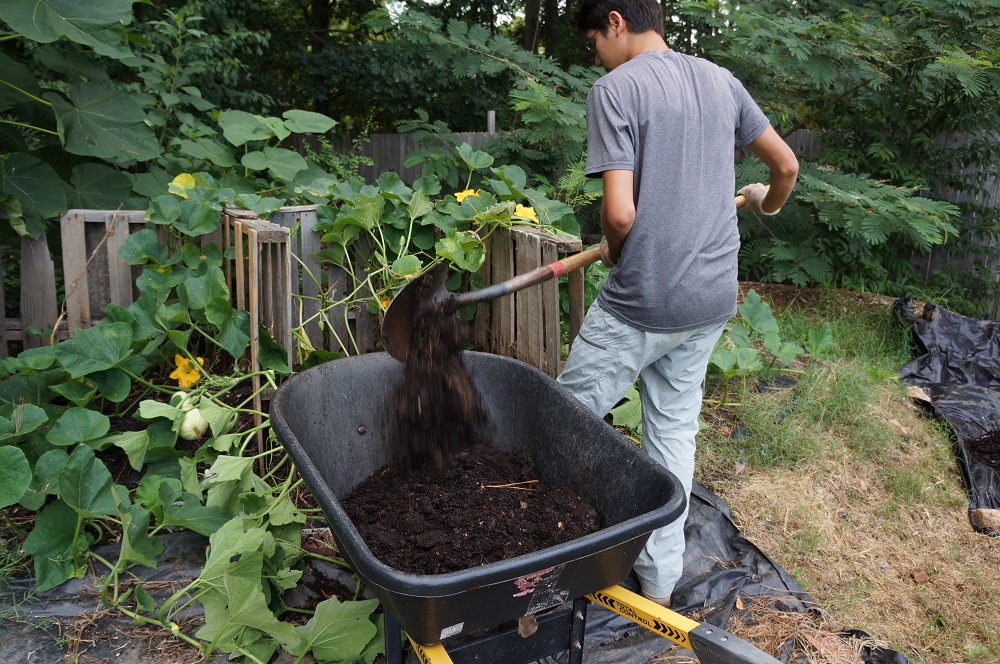
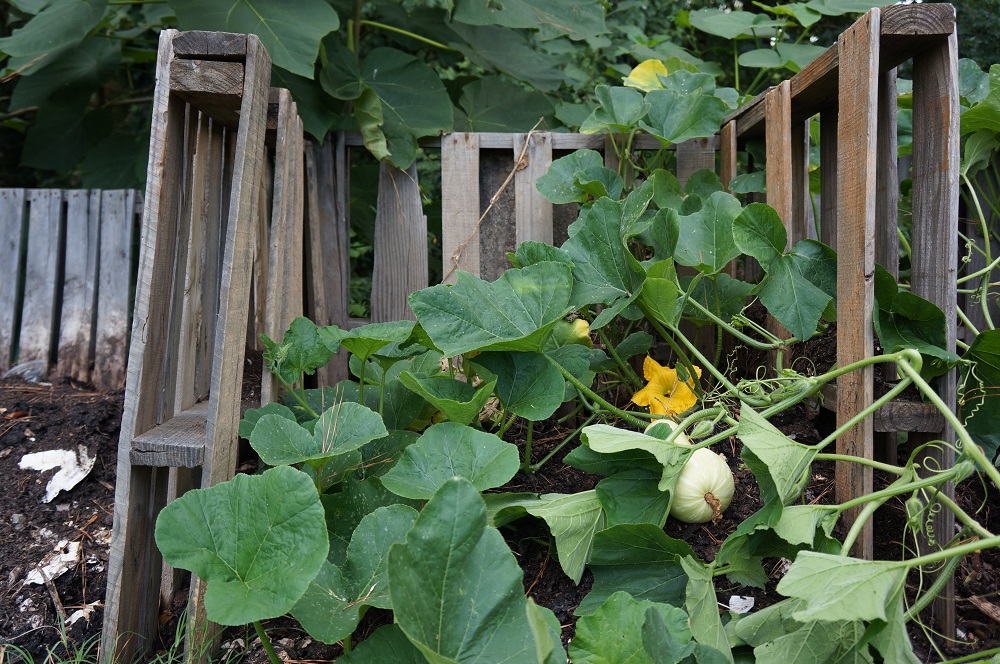
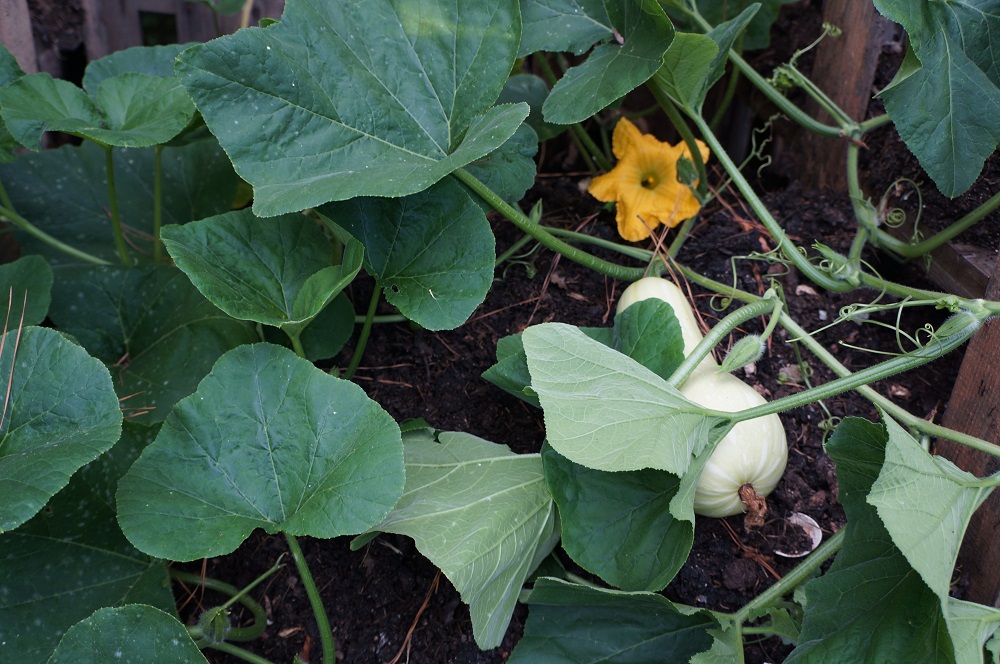
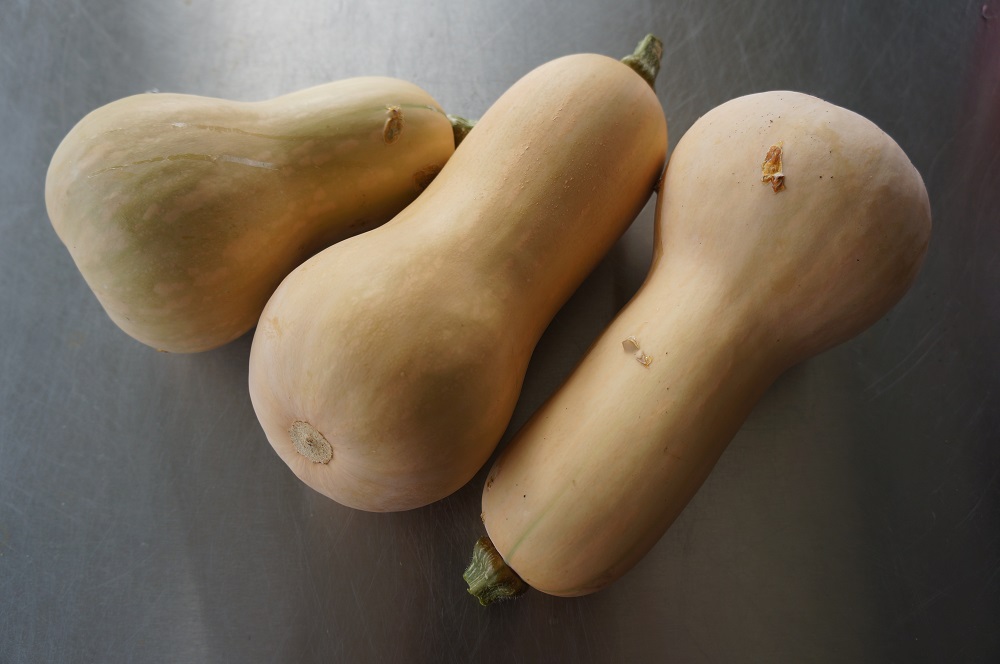
Passionfruit:
These vines have been growing long before WFCG claimed its stake on Athens drive, and every year, they come back and grow wherever they feel like it. To be fair, when we eat these fruits, we spit out the seeds as far as we can, so that’s probably how they choose annual growing spots.
These passionfruit are different than the ones you’ll find at the grocery store. They are called May Pops and they stay green, but turn lighter and wrinkly as they ripen. The inside has little yellow jelly-like flesh with black seeds in the middle. The flavor is in-between a banana and a pineapple. You can eat the seeds or spit them out once you’ve sucked the flesh off of them.
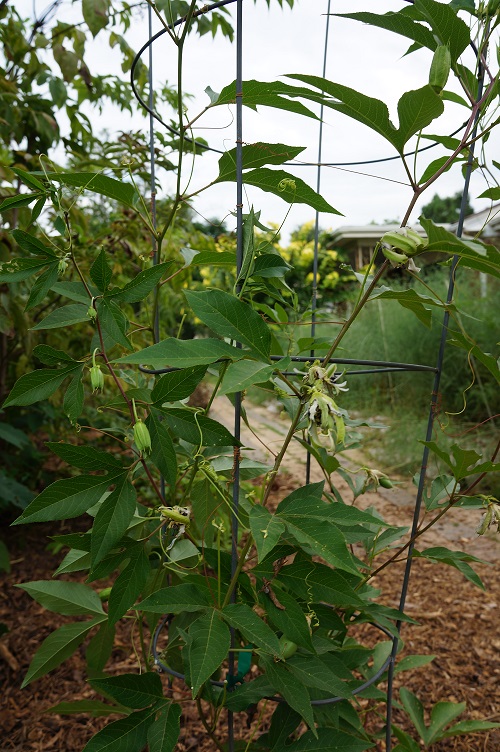
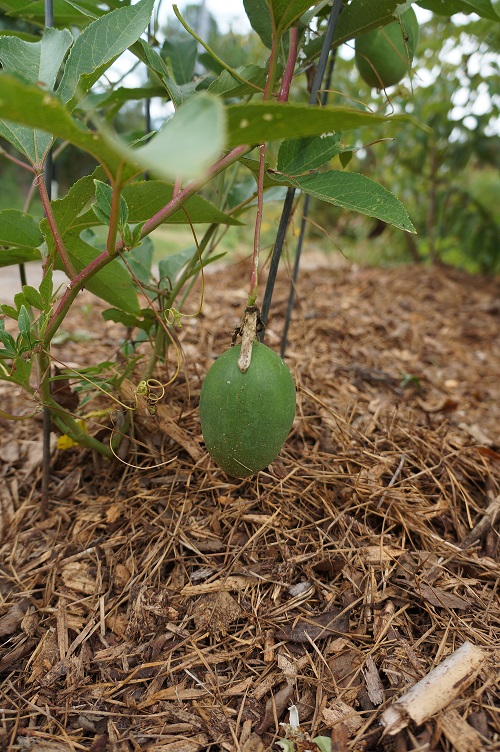
Cherry Tomatoes:
Cherry tomatoes tend to grow in every nook and cranny of our garden. They’re tasty little snacks, and the best way to keep the plants healthy is by throwing down the cracked/rotten fruits to make room for the good fruit. Surprisingly, we found some tomato plants in our pollinator garden last summer.
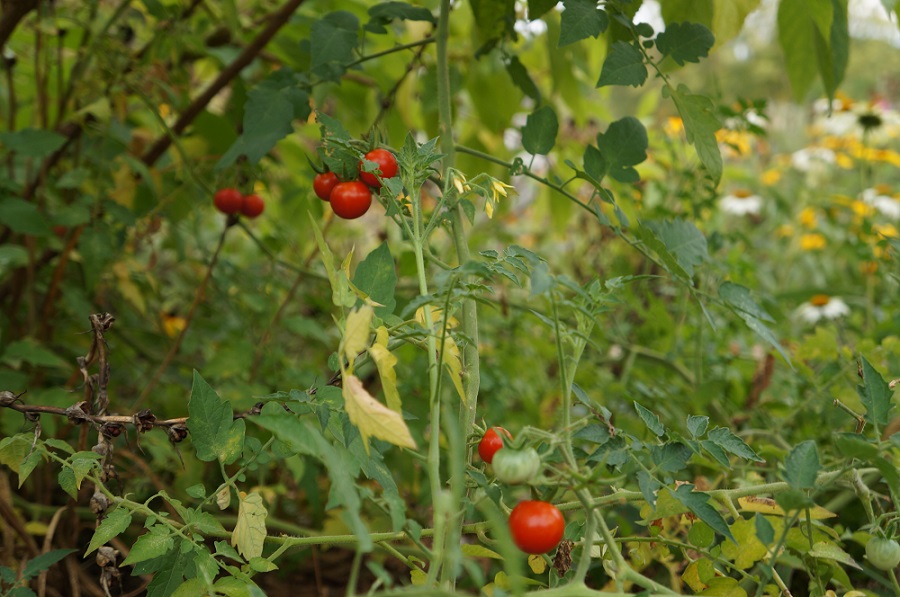
We left these volunteer tomatoes for our volunteers to eat – but we had an abundance of tomatoes this summer, anyway. Here’s what an average harvest looked liked:
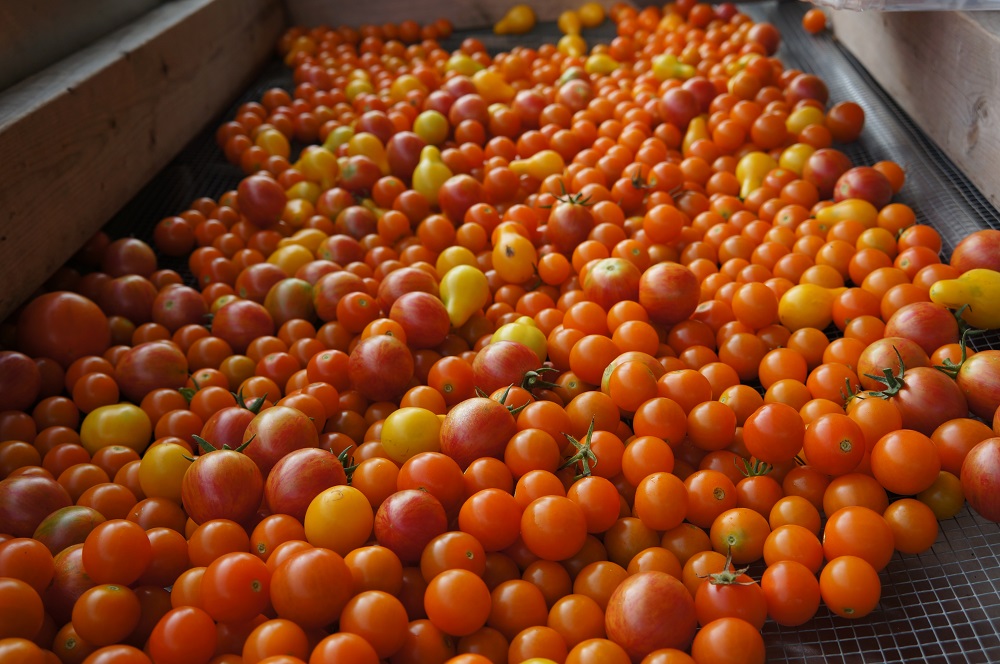
Large Gourd:
We still have not identified what type of gourd this is because its growth took us by surprise. Among our sweet peppers and cucumber trellises, this behemoth of a squash had grown. We think it weighed about 16lbs. We didn’t have the heart to cut into it – it looks so good whole!
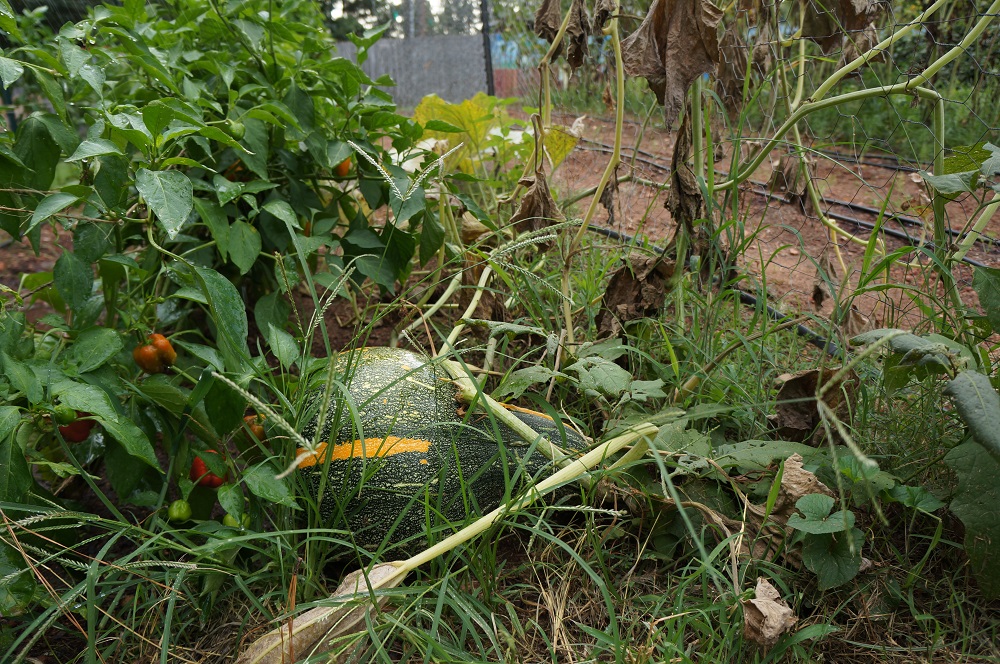
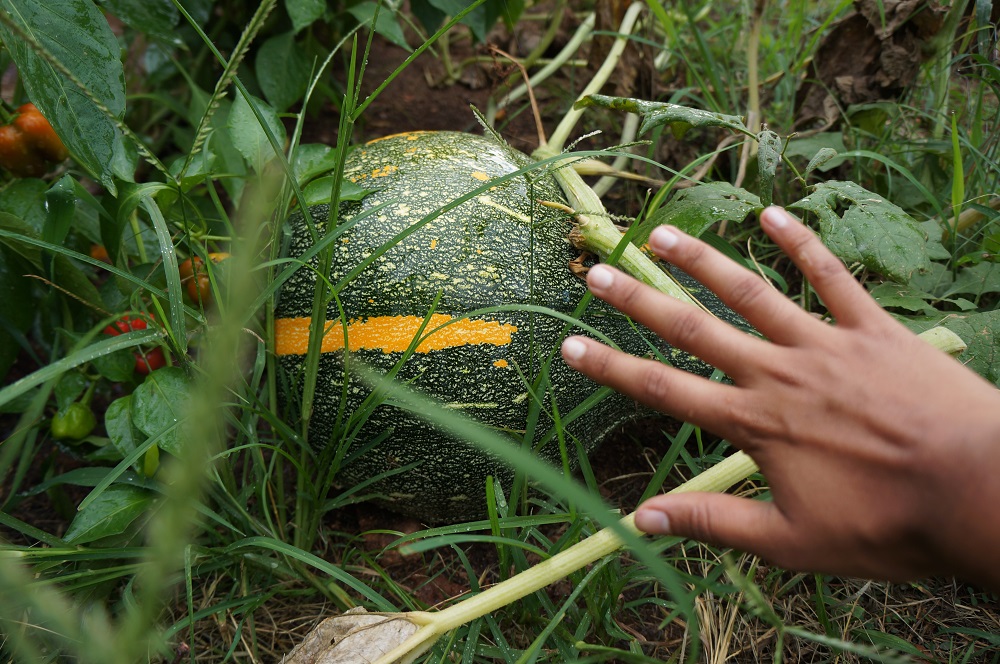
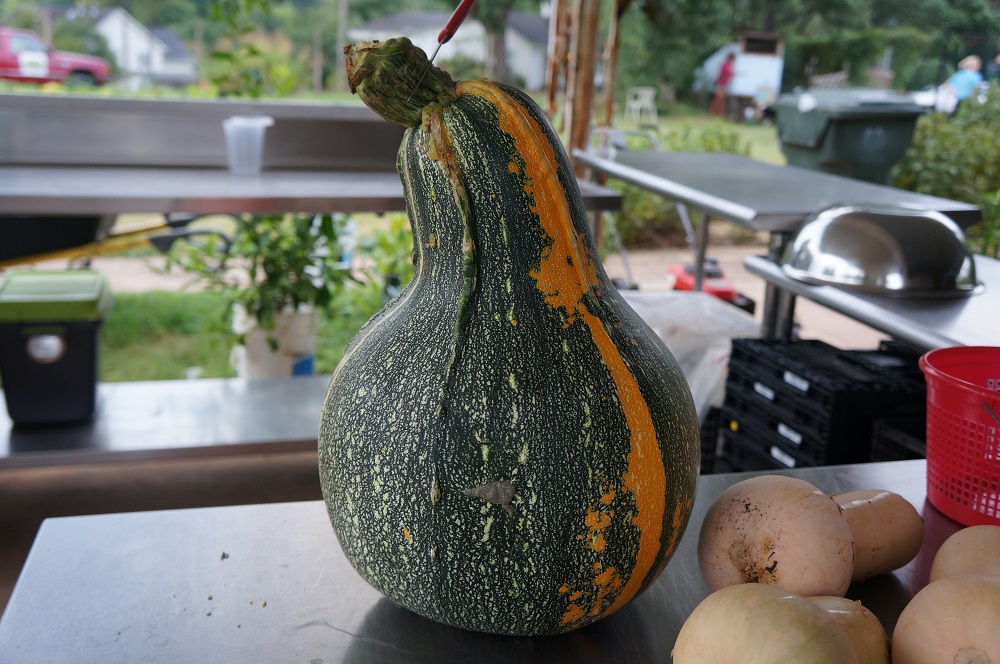
Volunteers come in all shapes, sizes, and backgrounds. We welcome all to the garden!
Interested in volunteering? Join us every Thursday for a volunteer day from 9:30am-12pm or 6-8pm for Wine and Weeds!
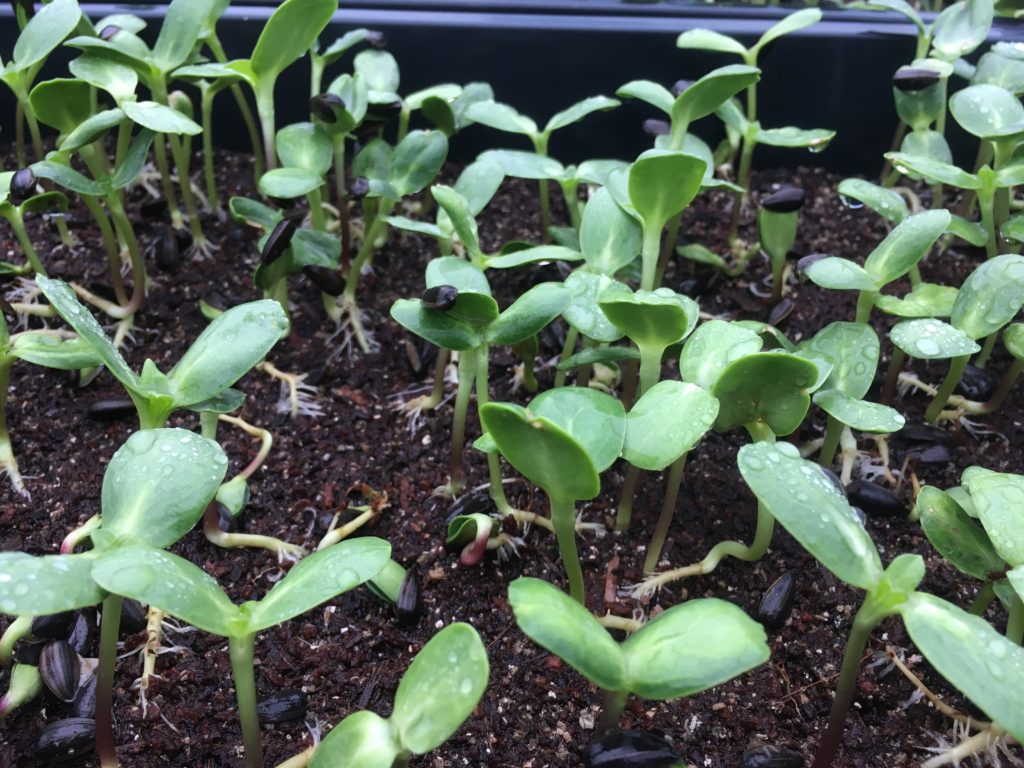
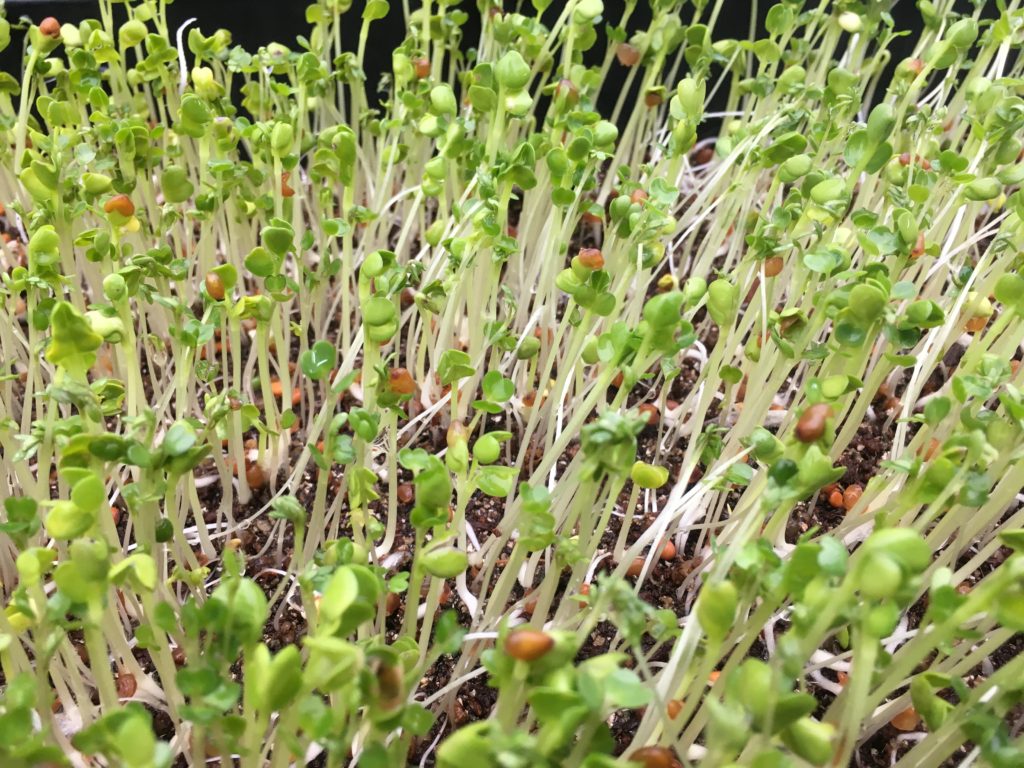
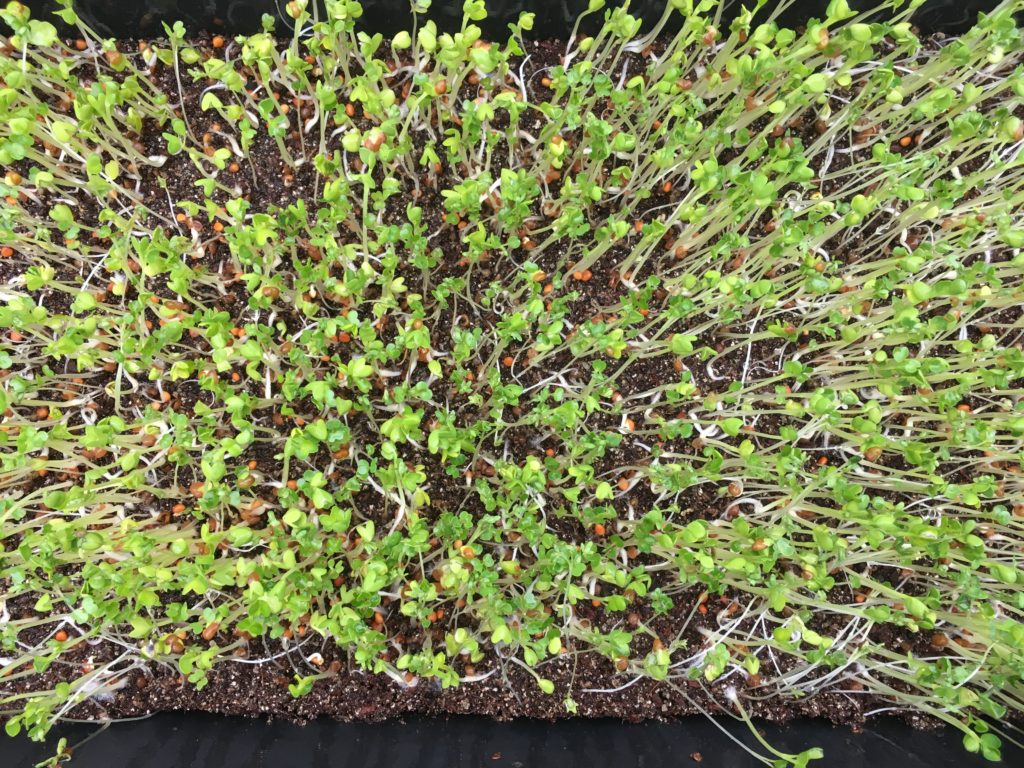
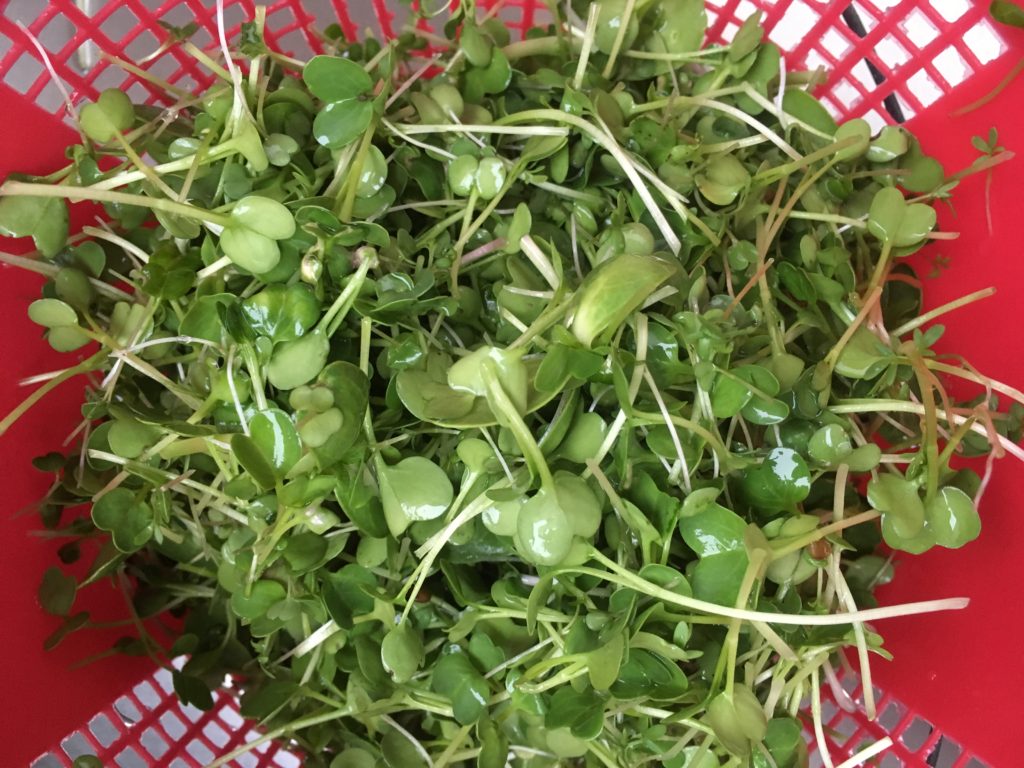
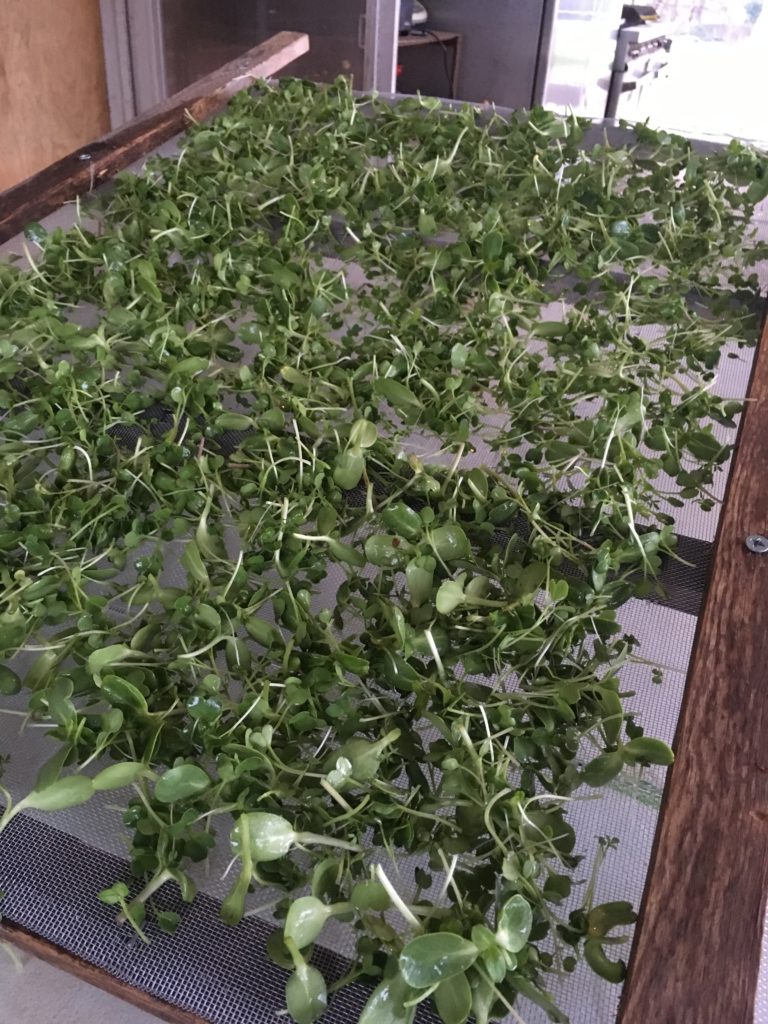
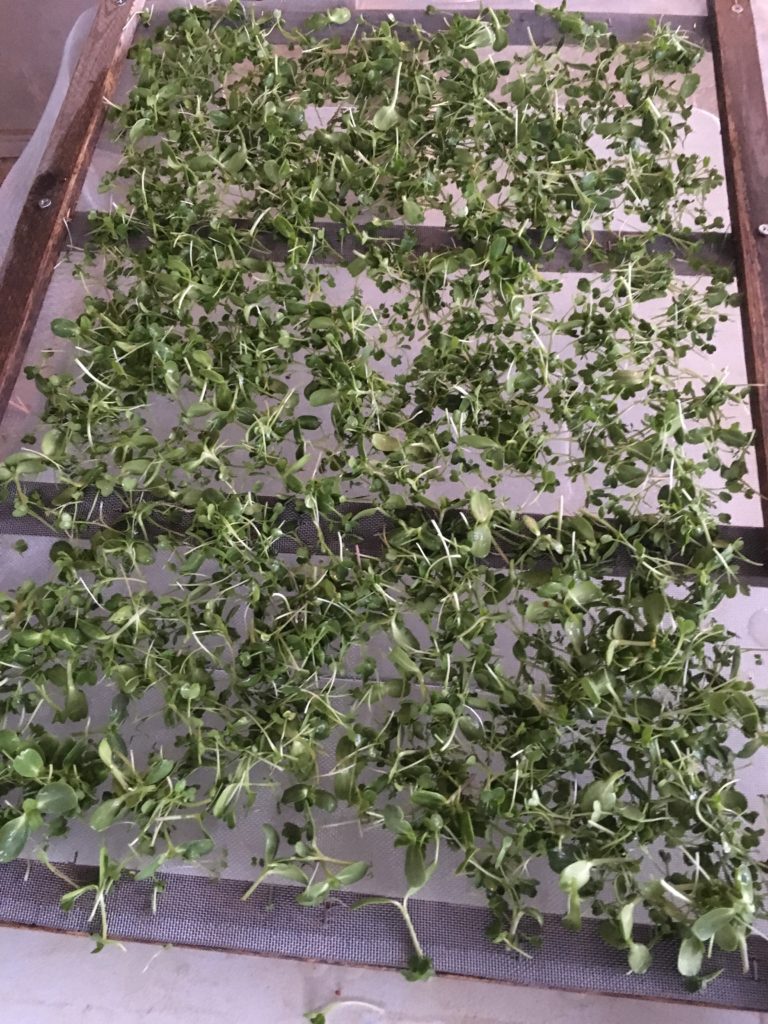
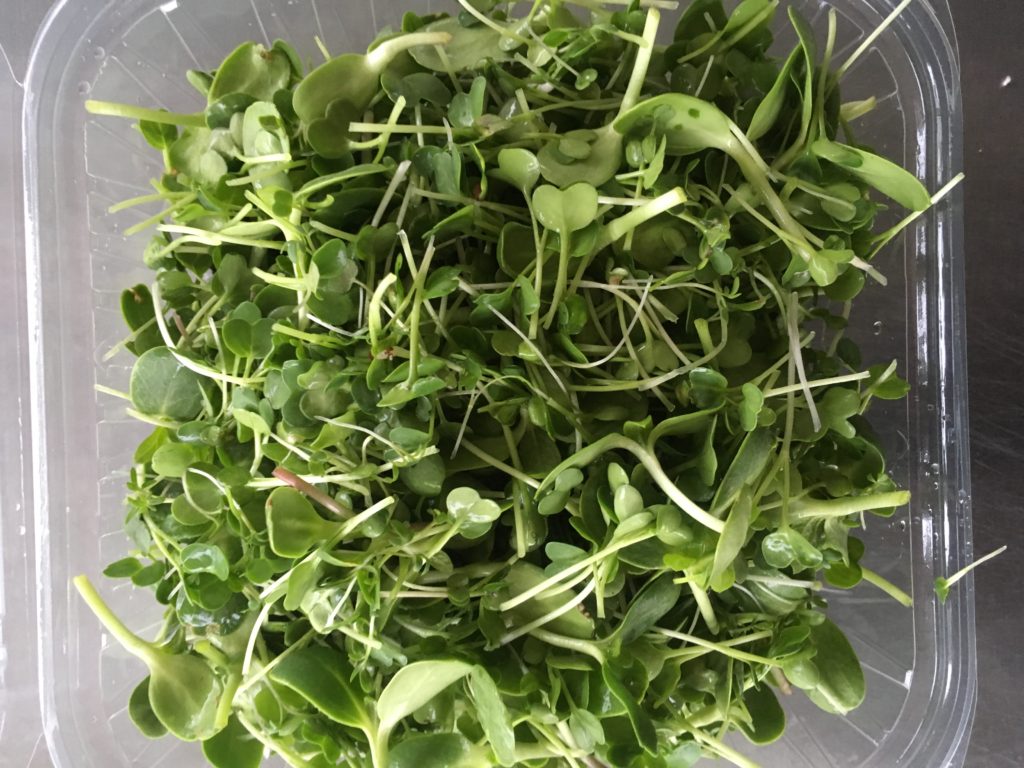
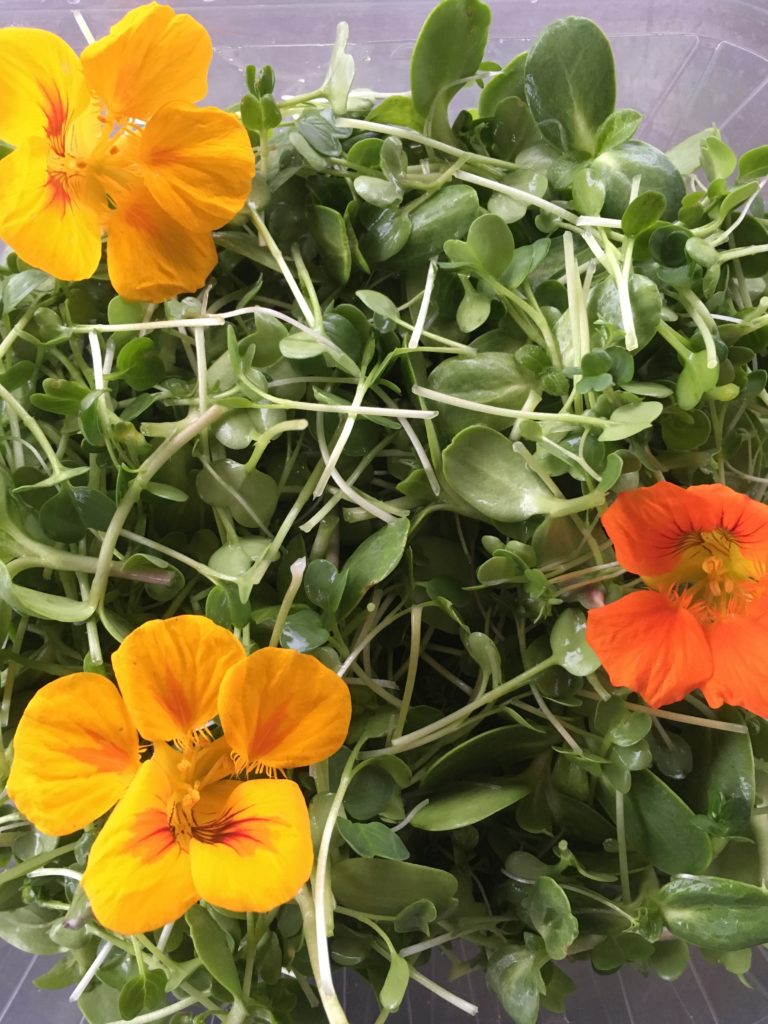


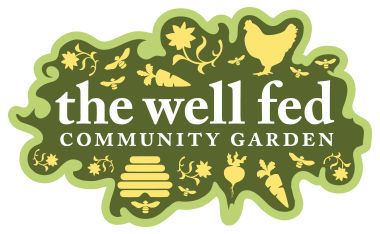
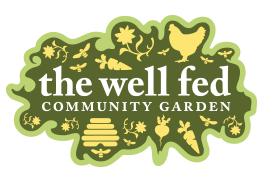
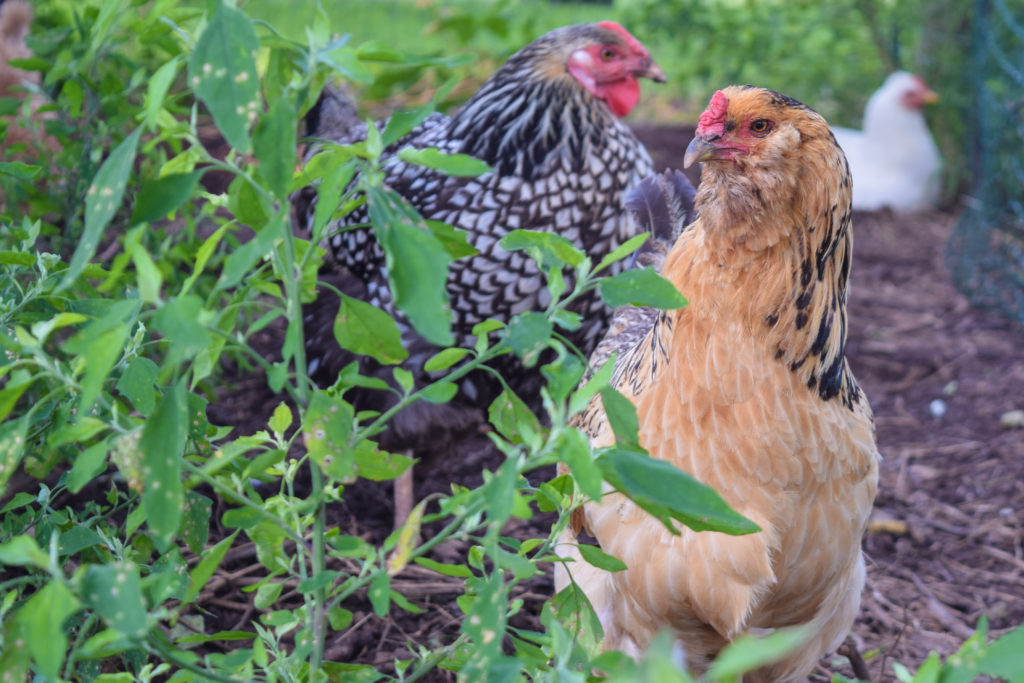
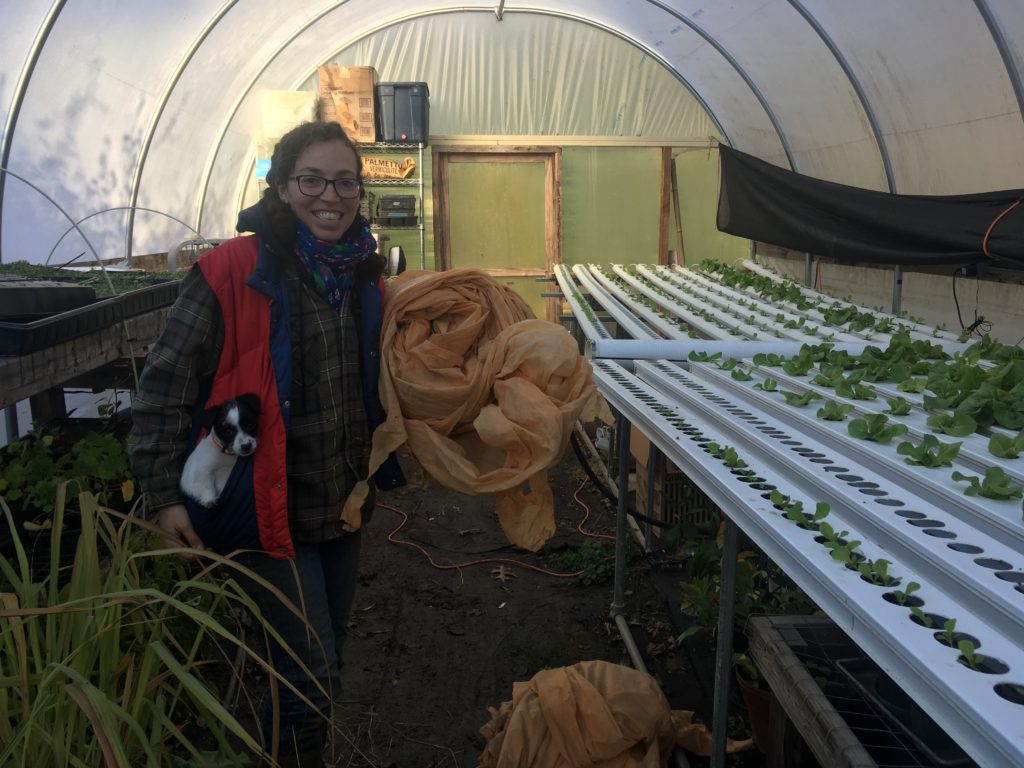
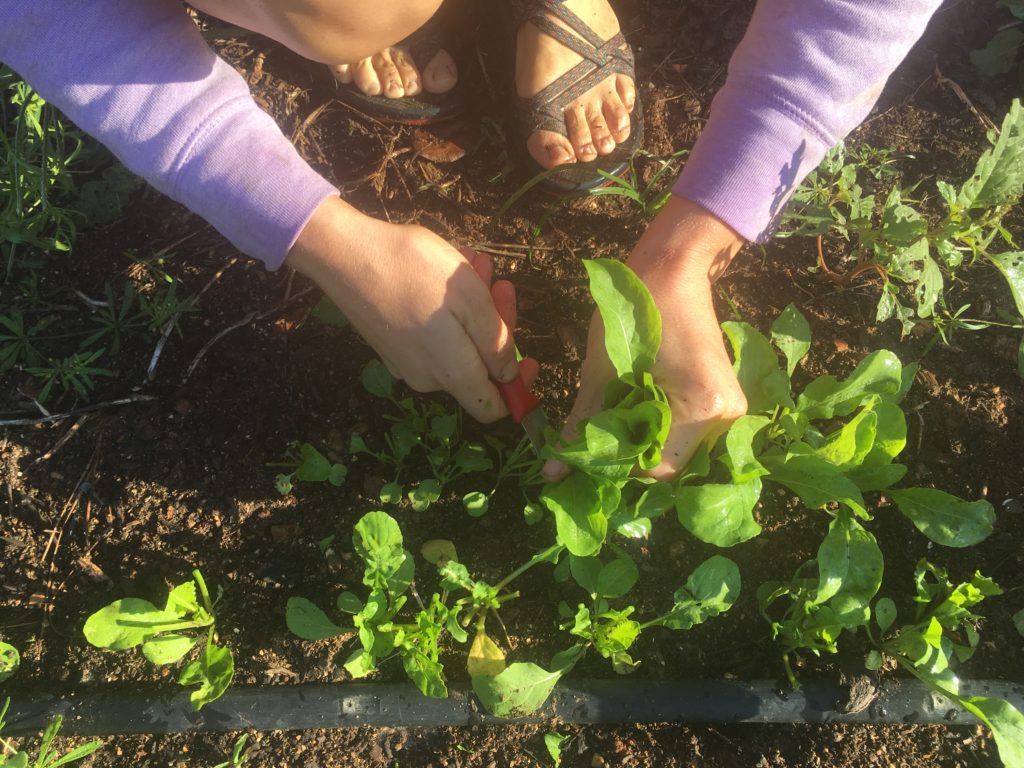
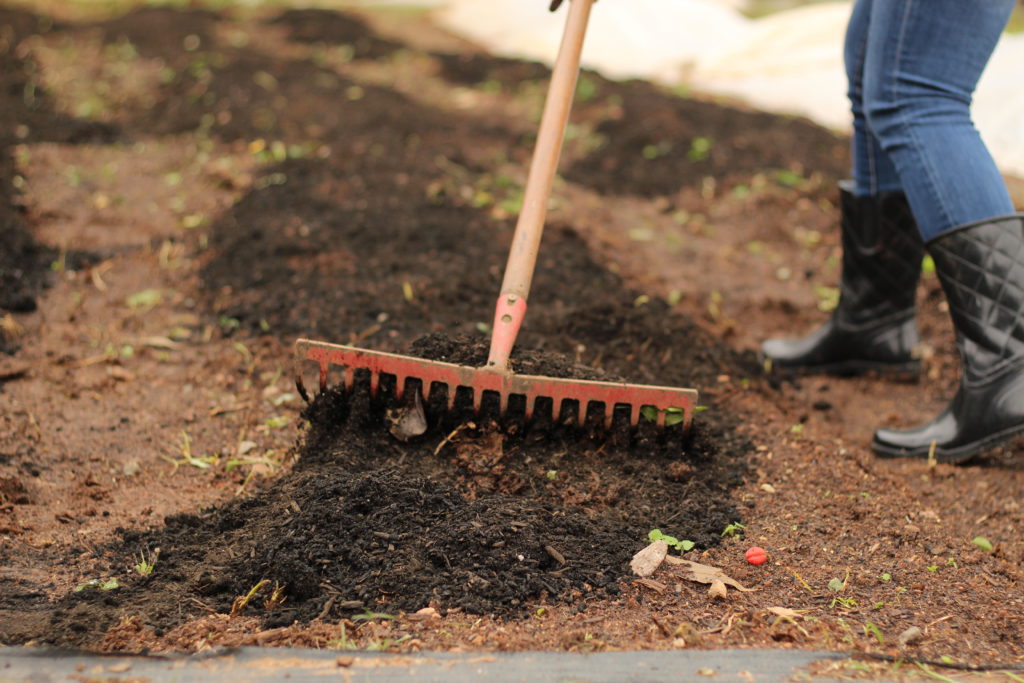

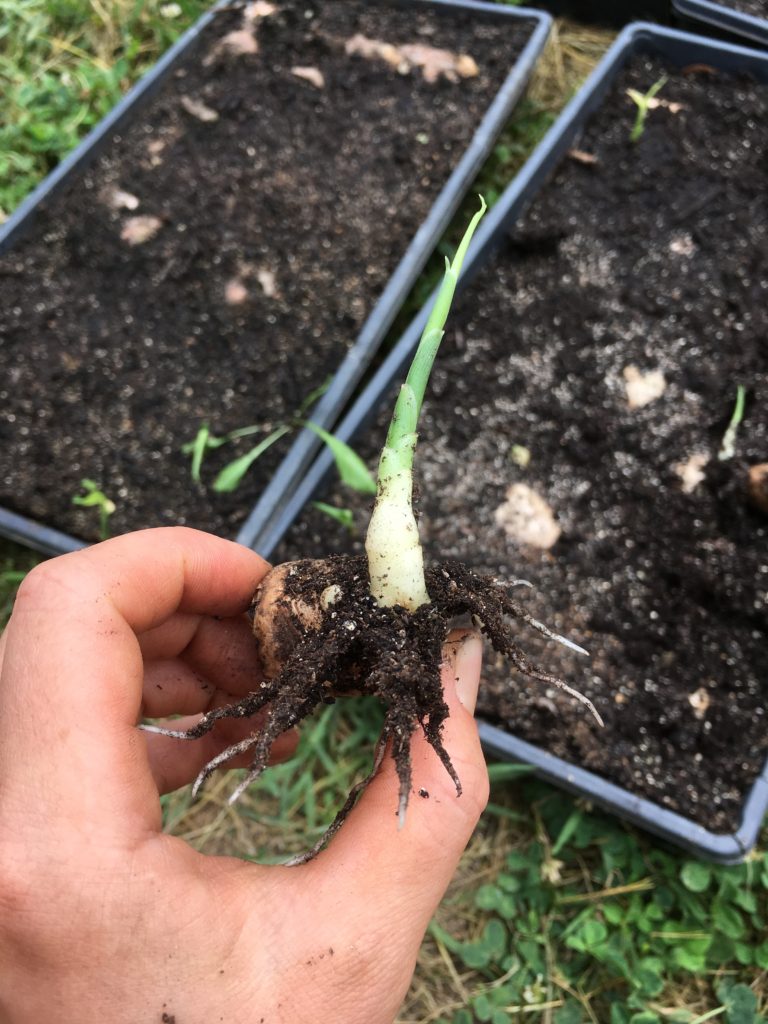
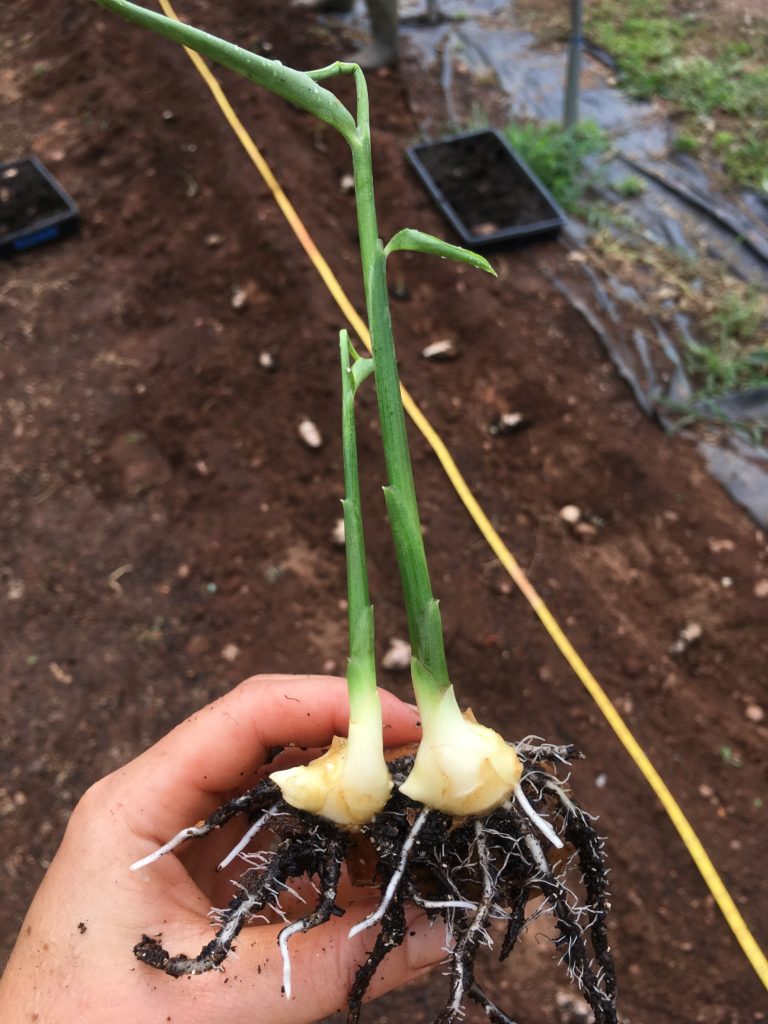
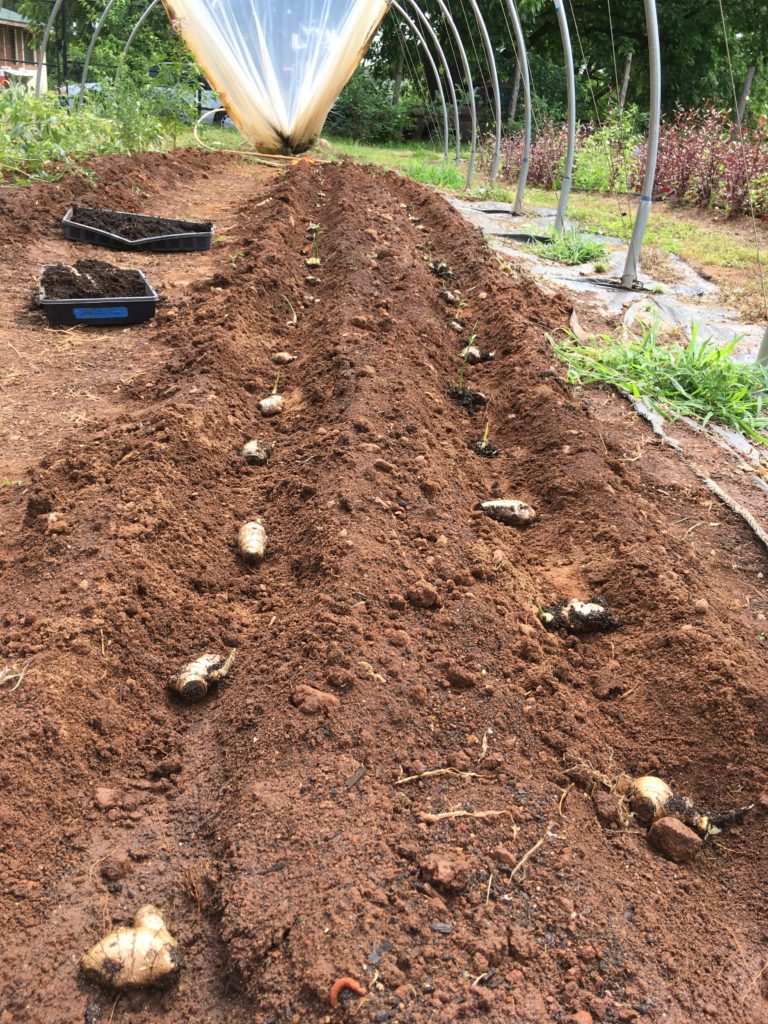
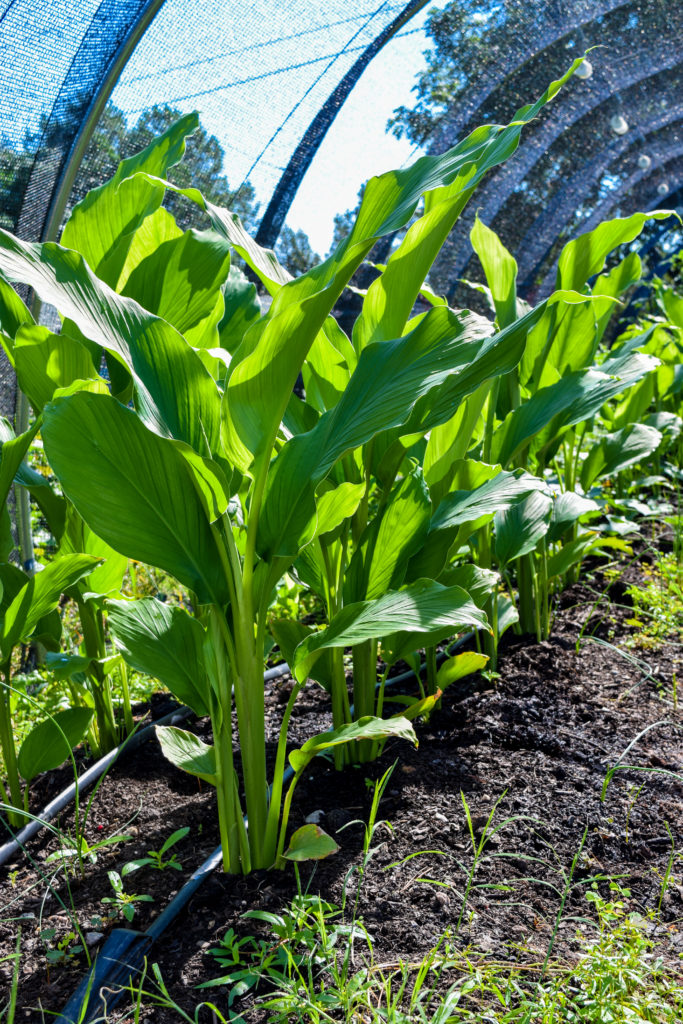
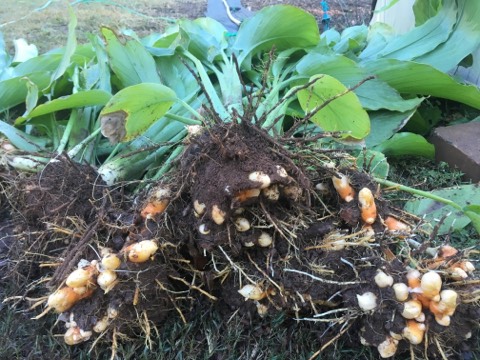
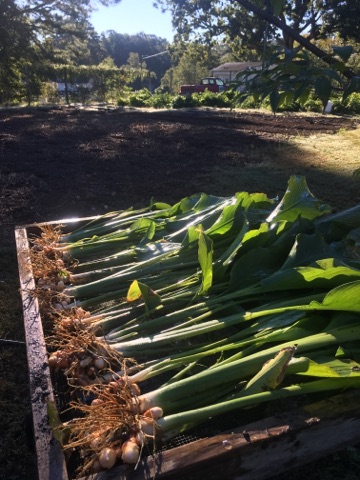
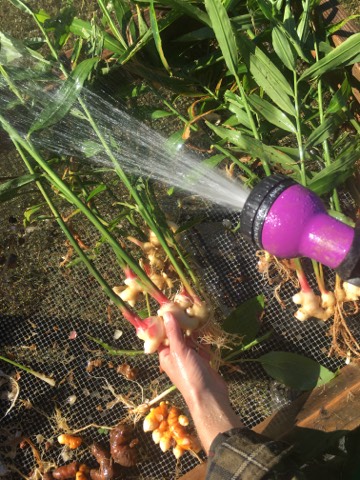
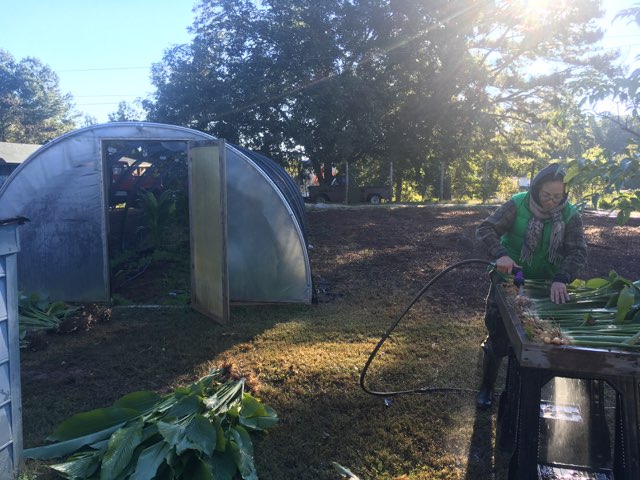

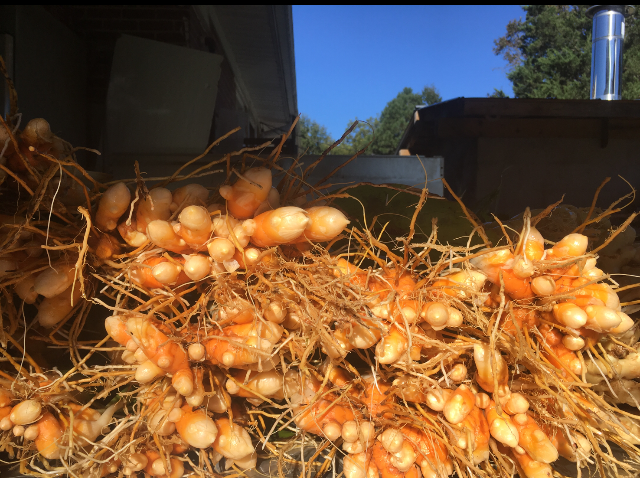

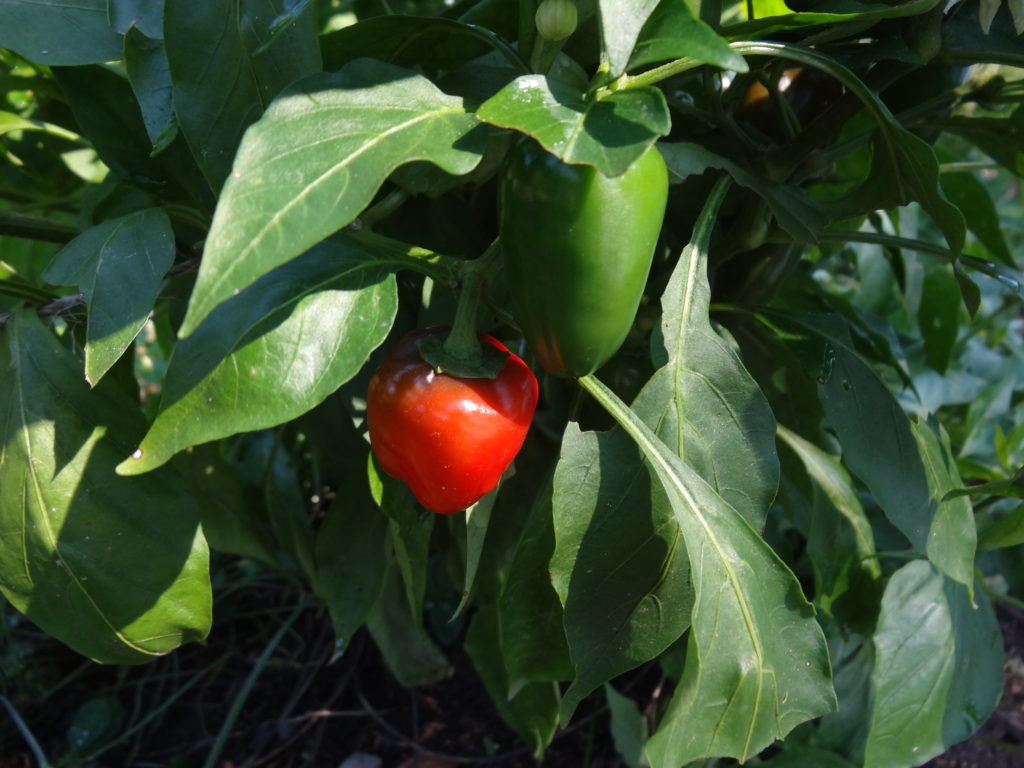
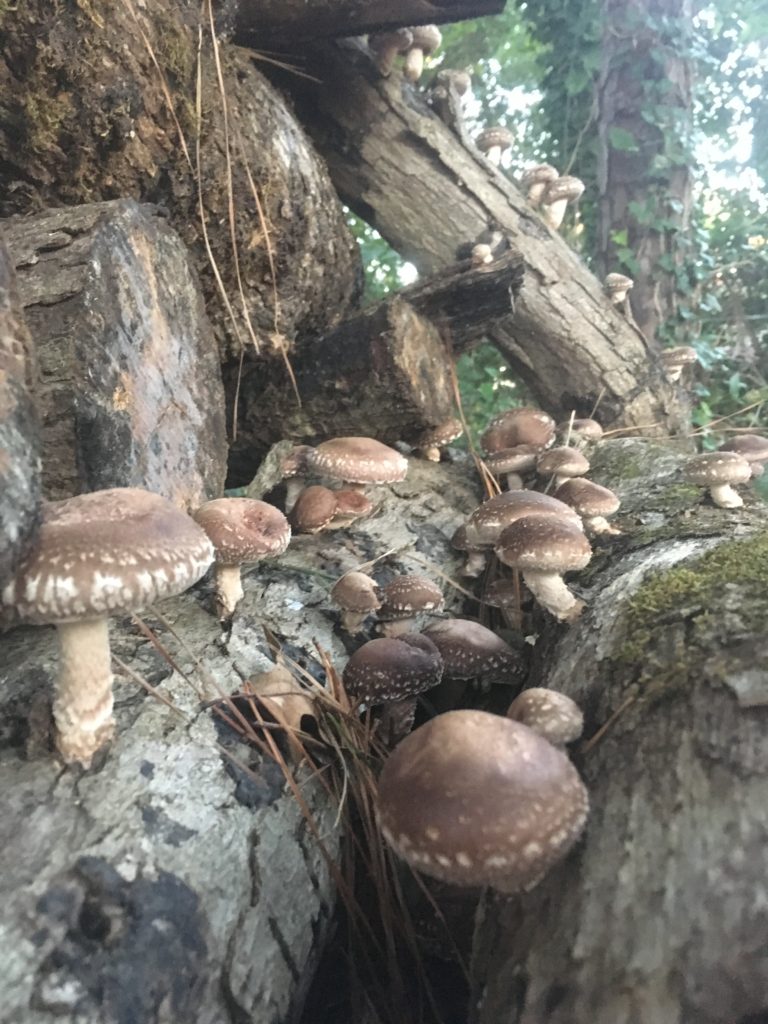
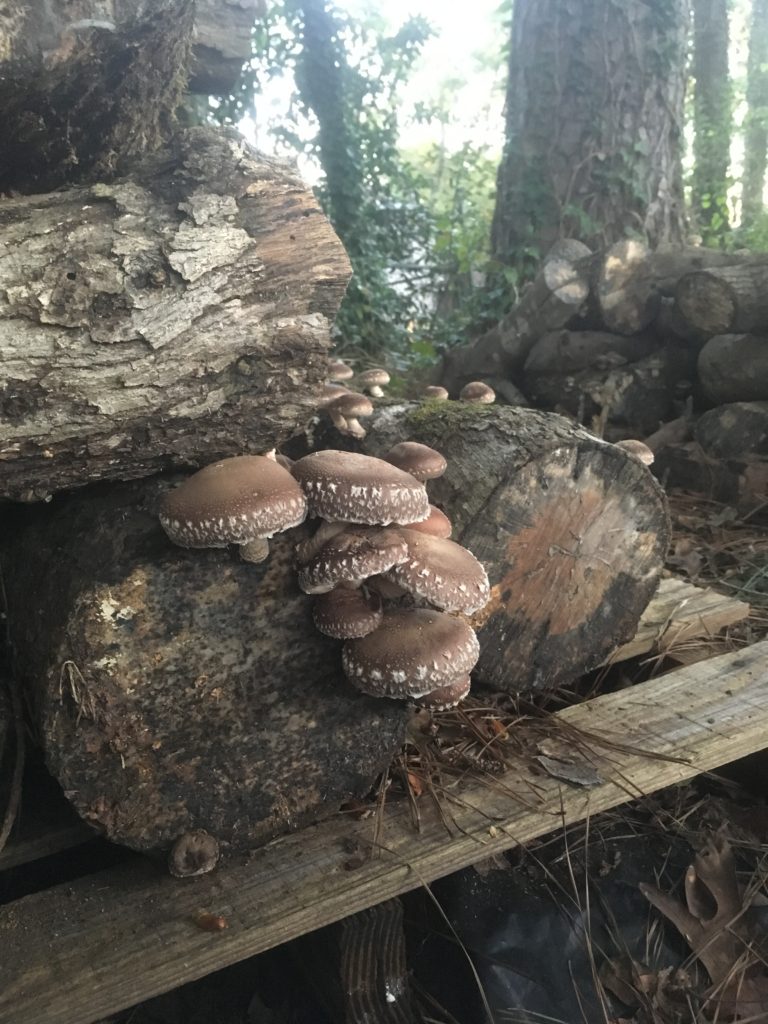
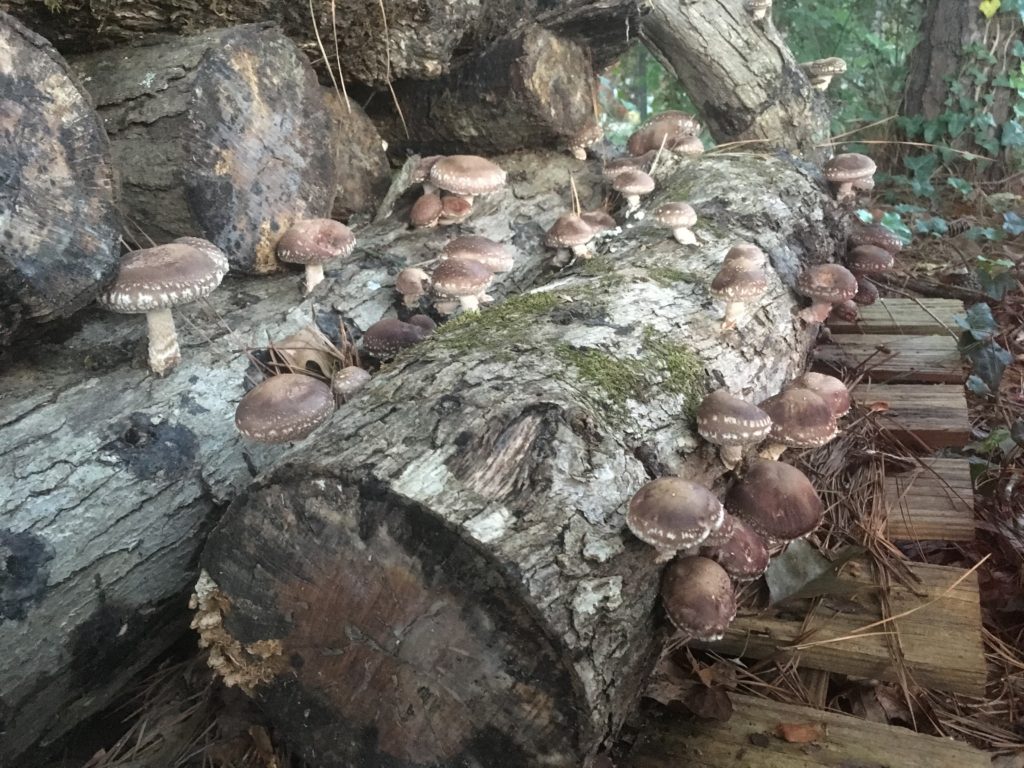
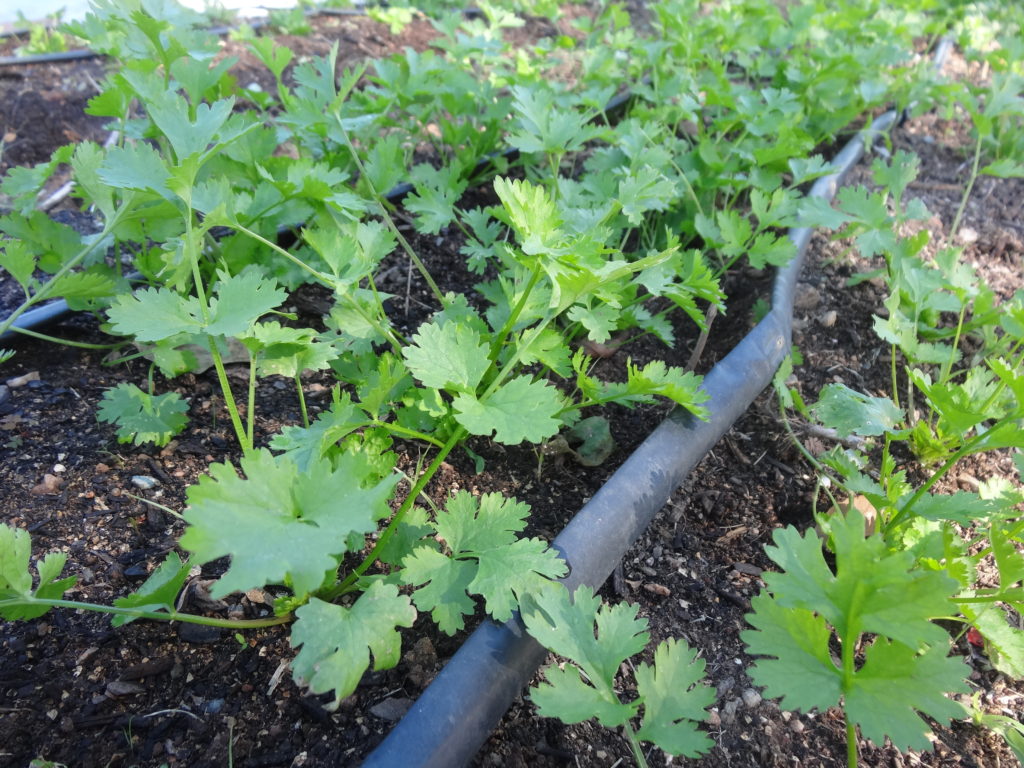
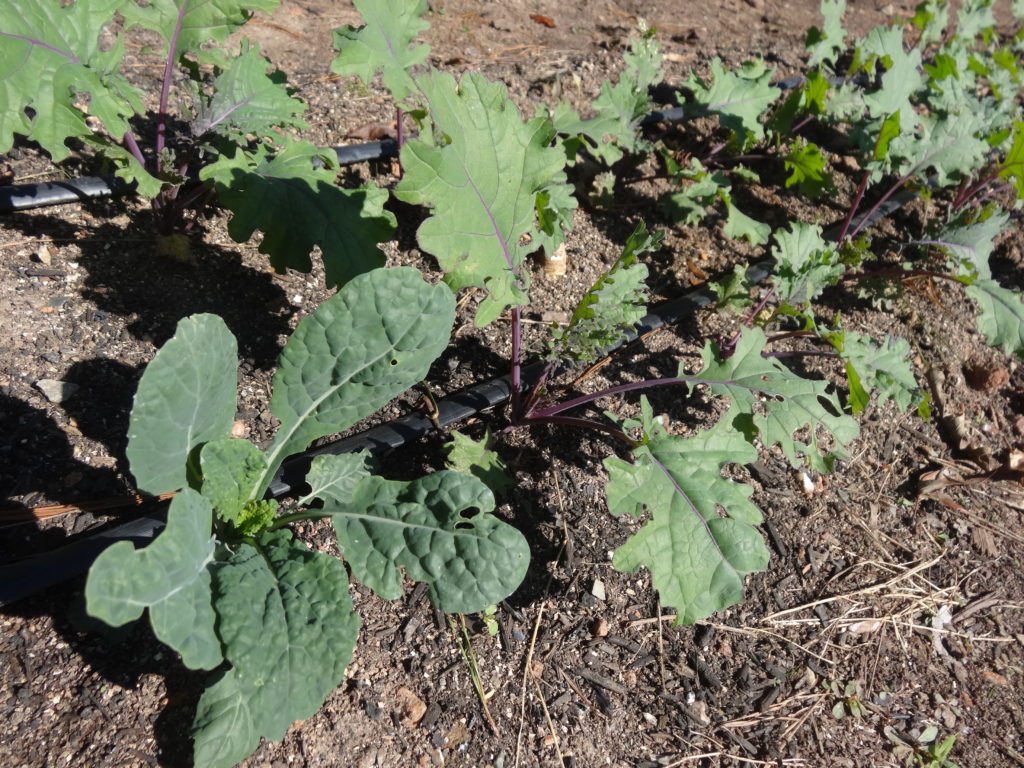
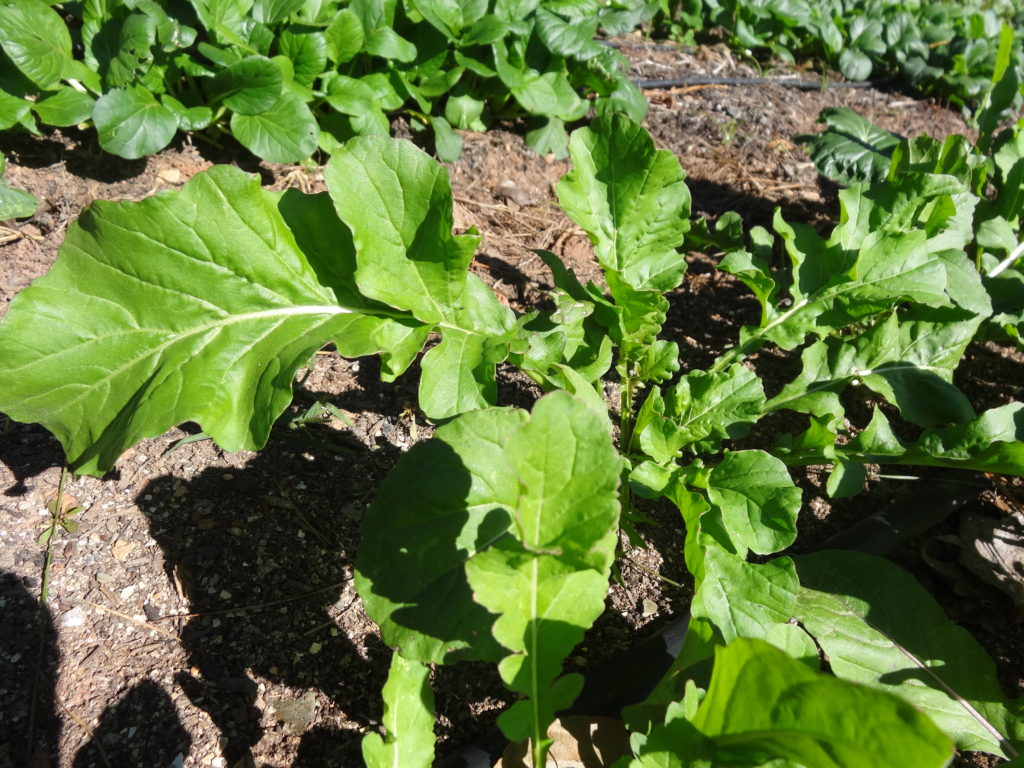
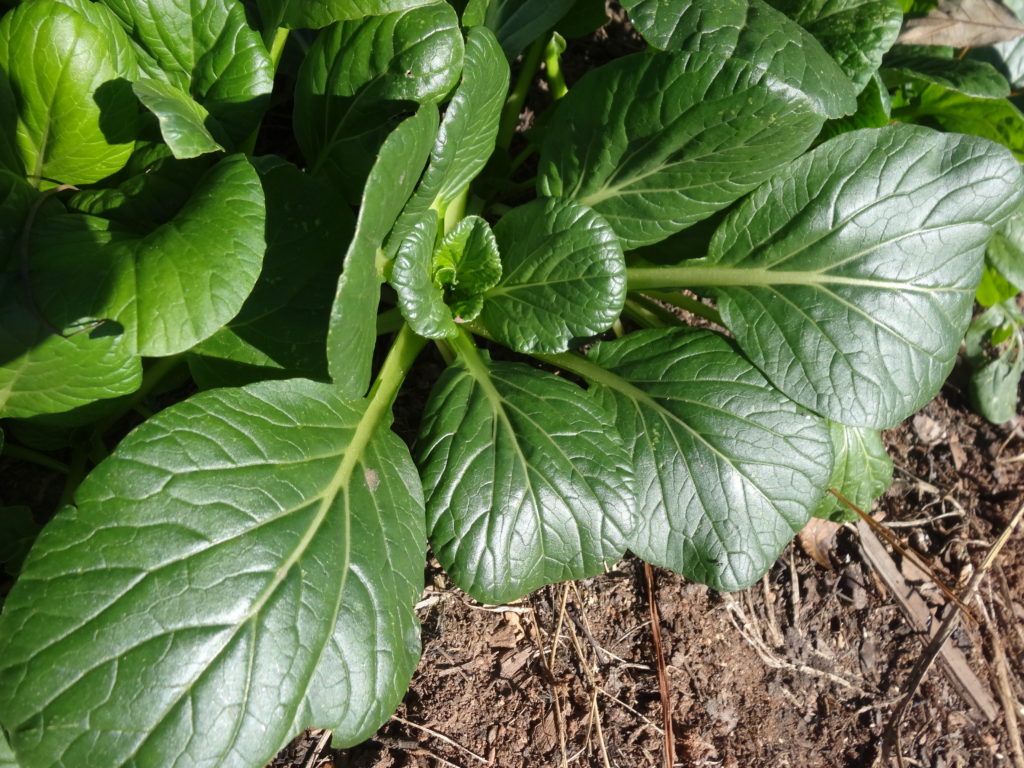
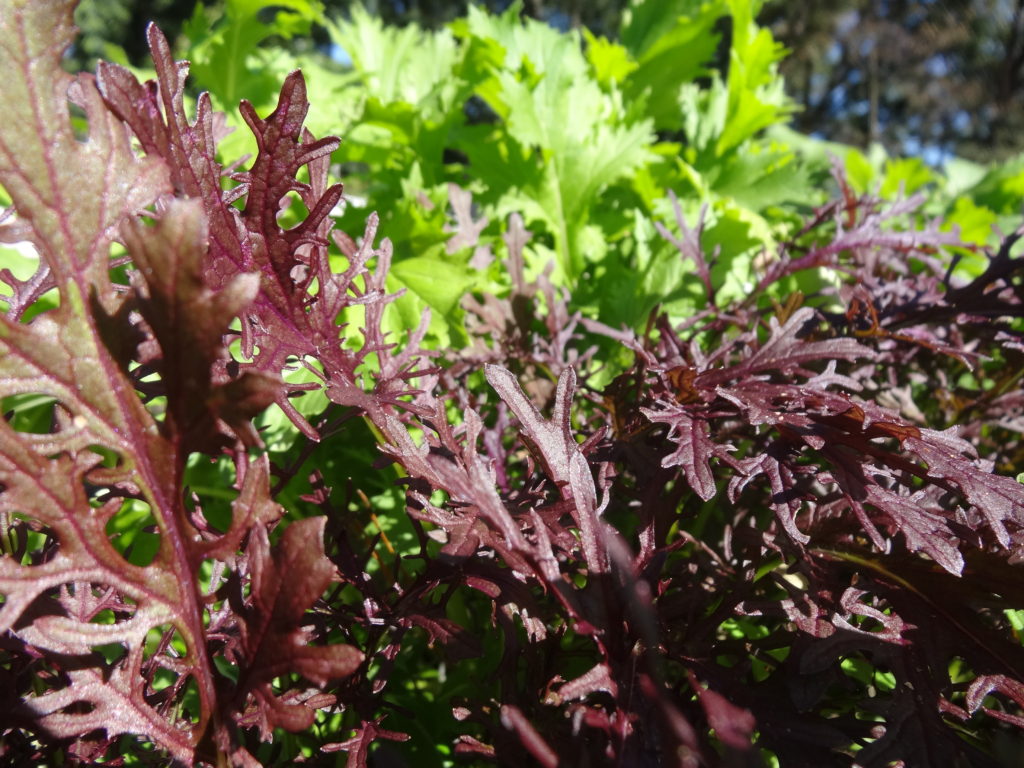
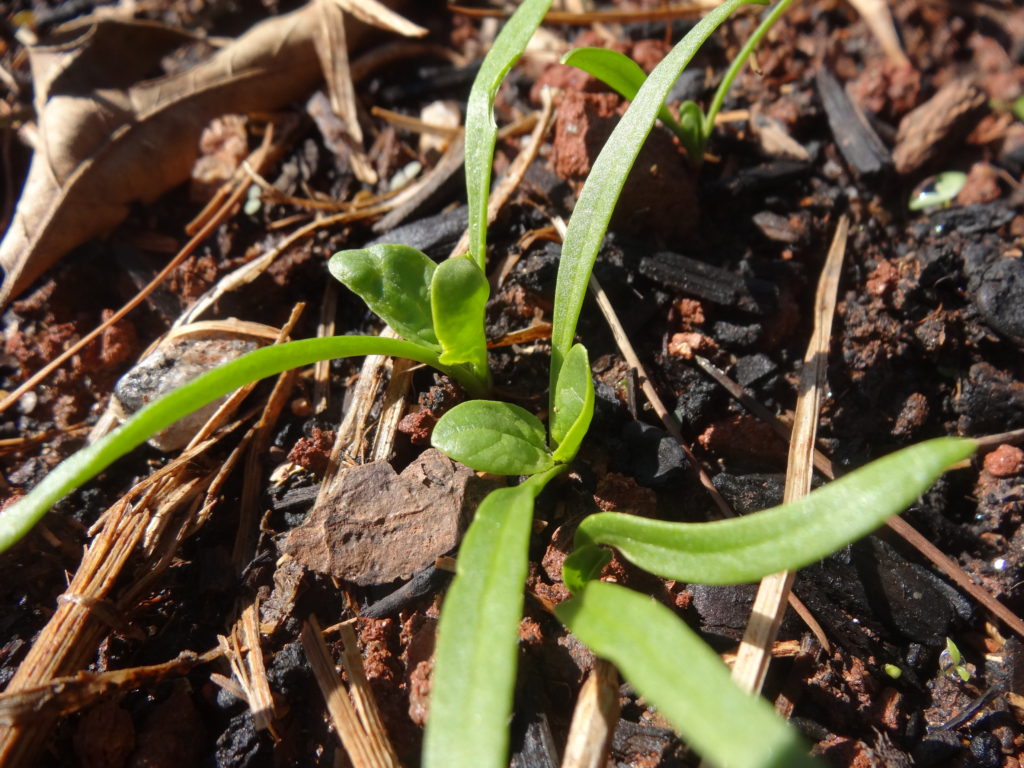
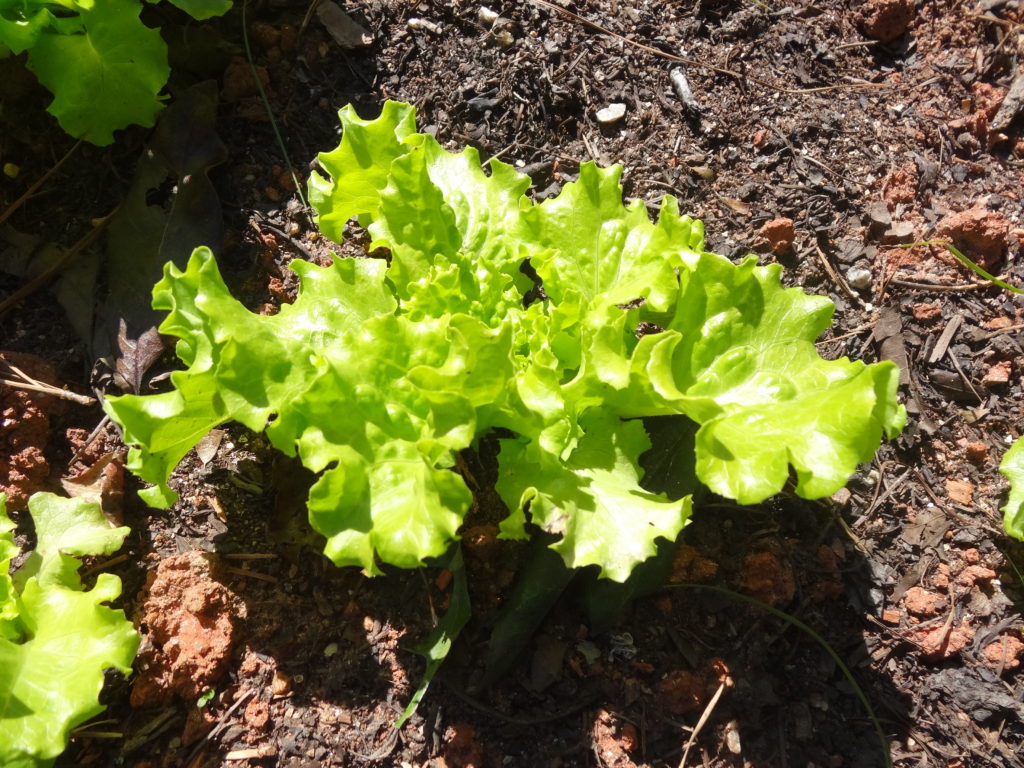
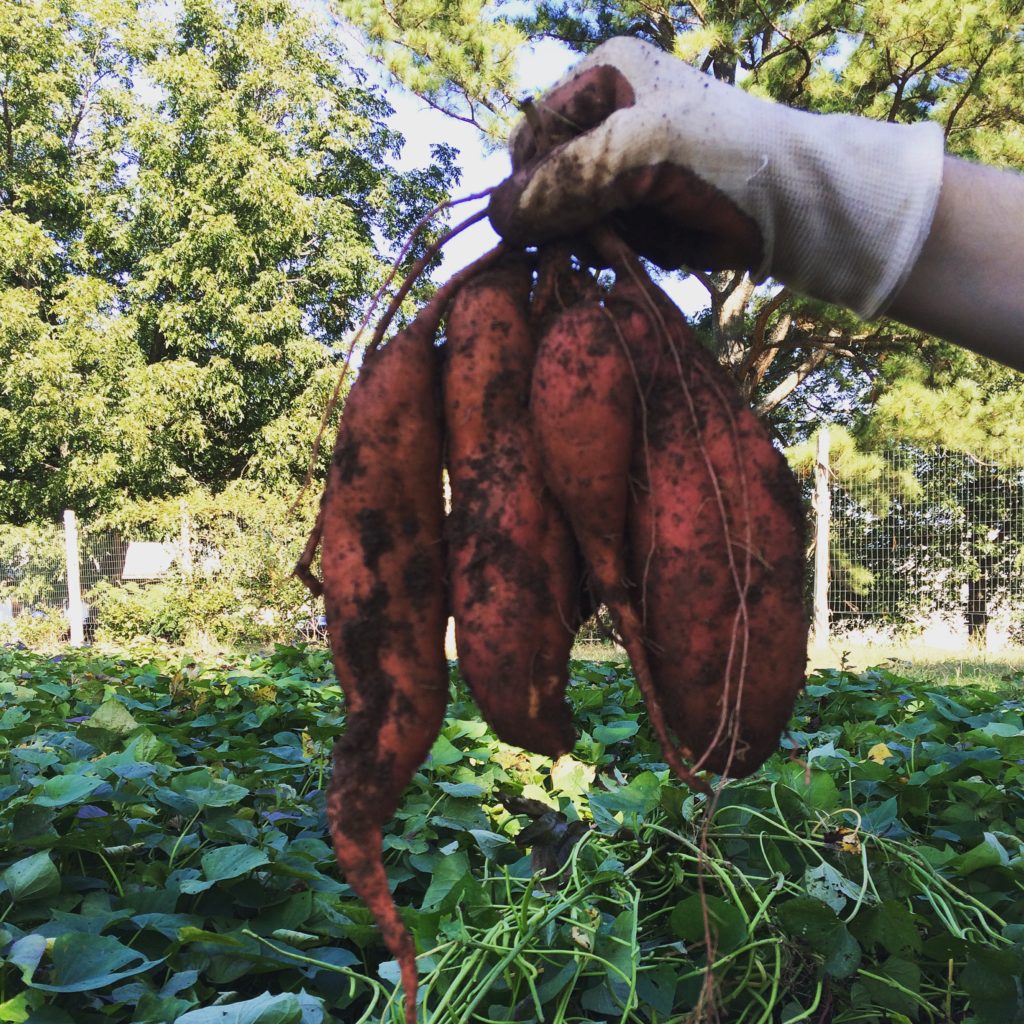
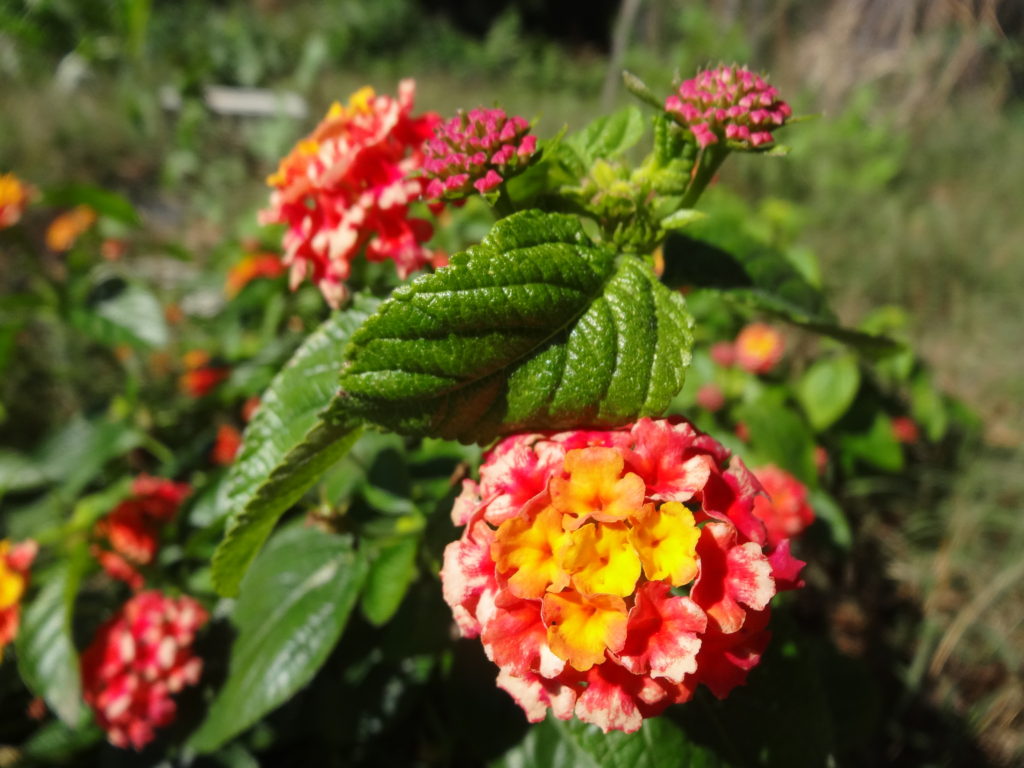
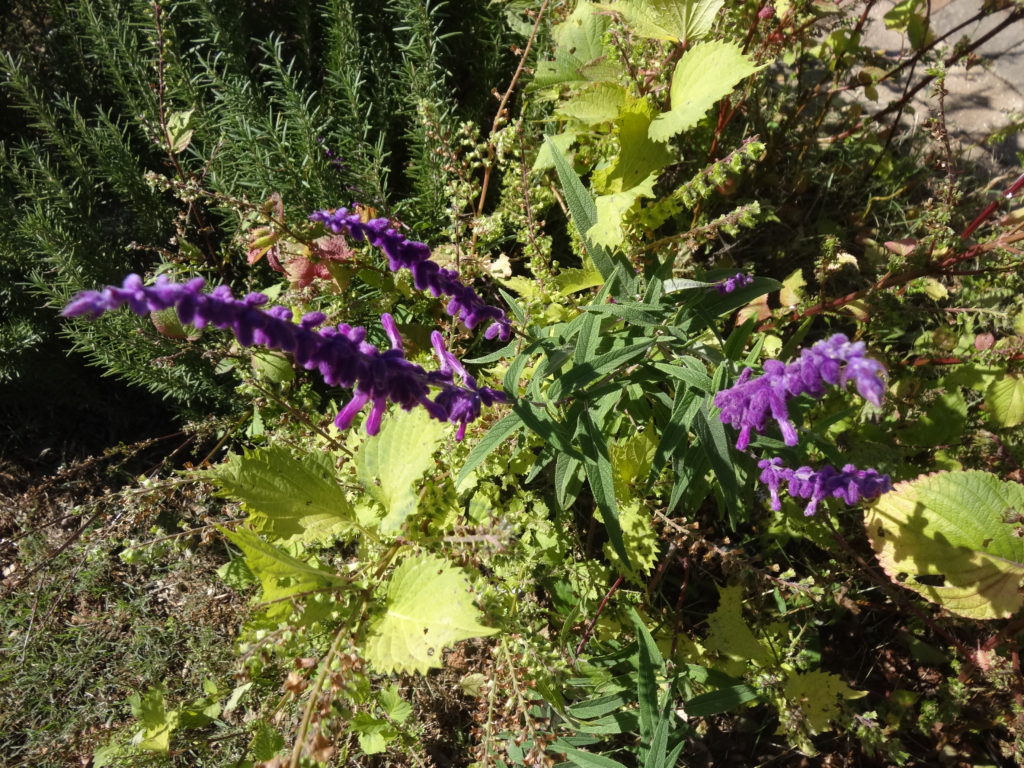
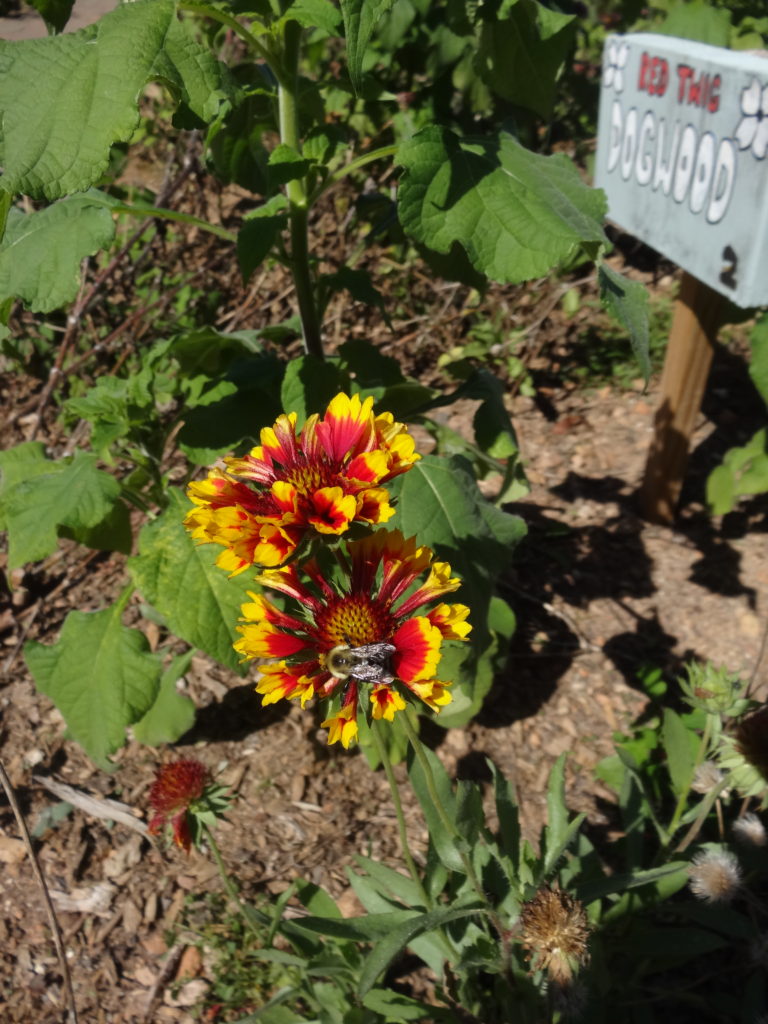
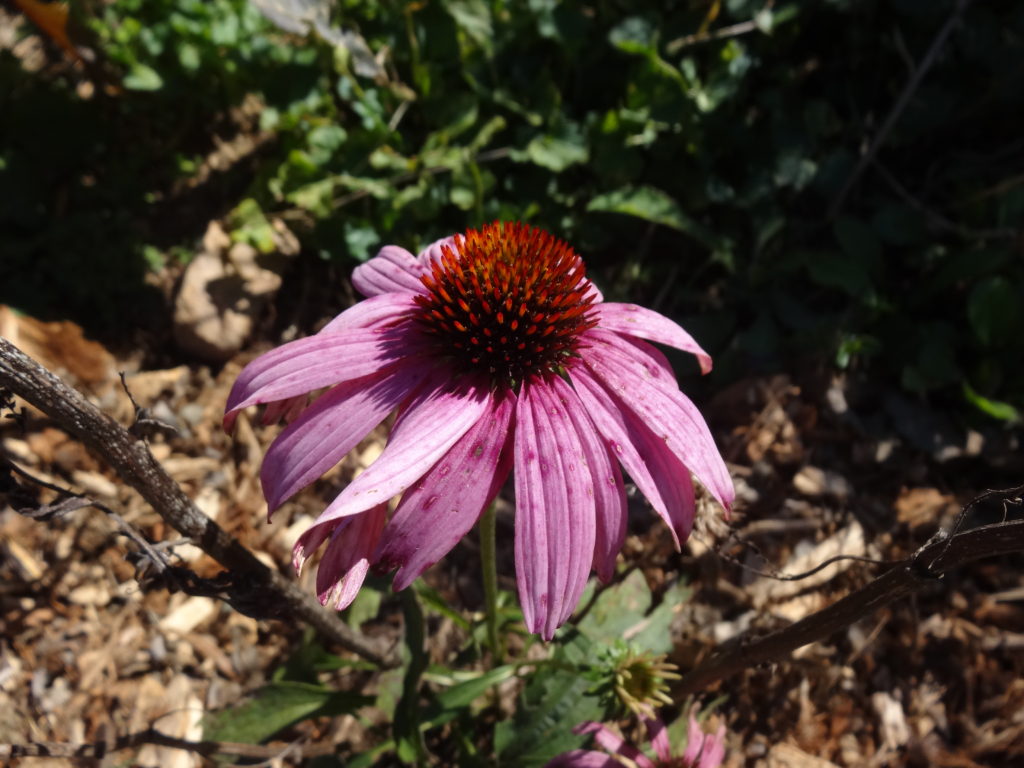
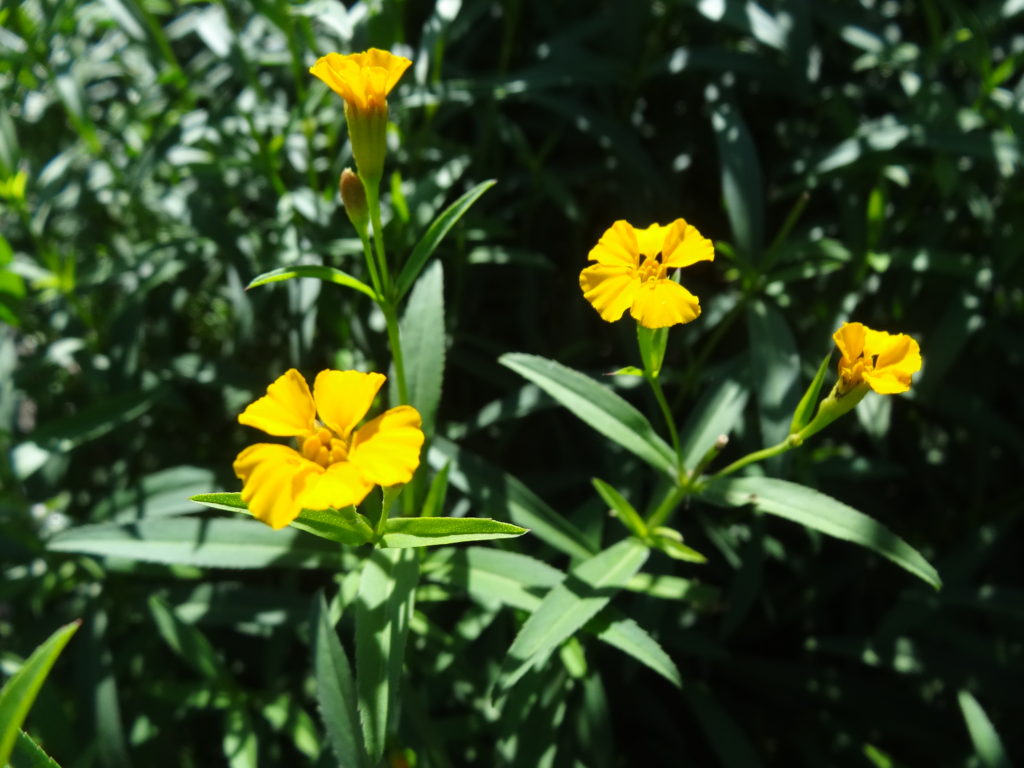
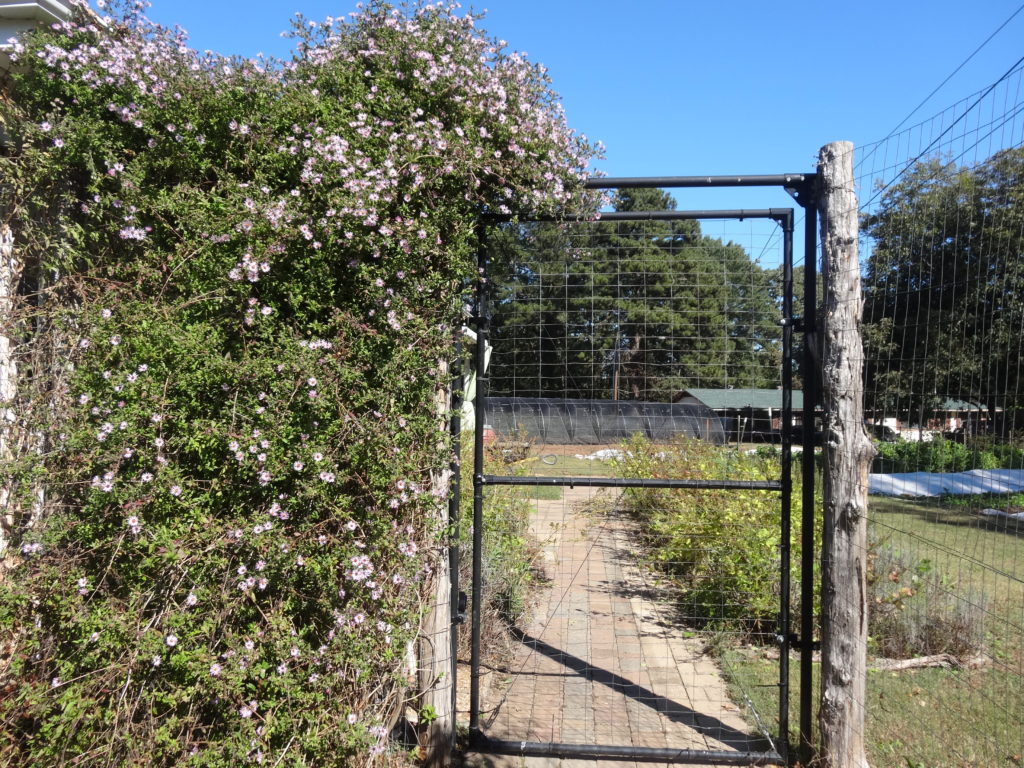
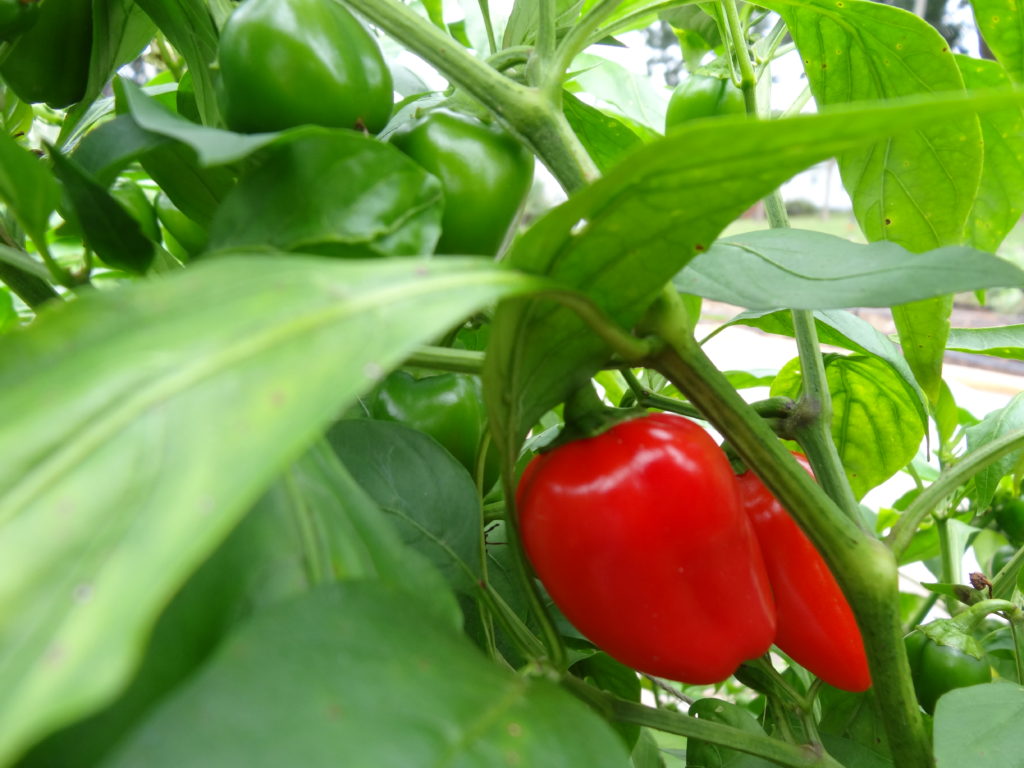
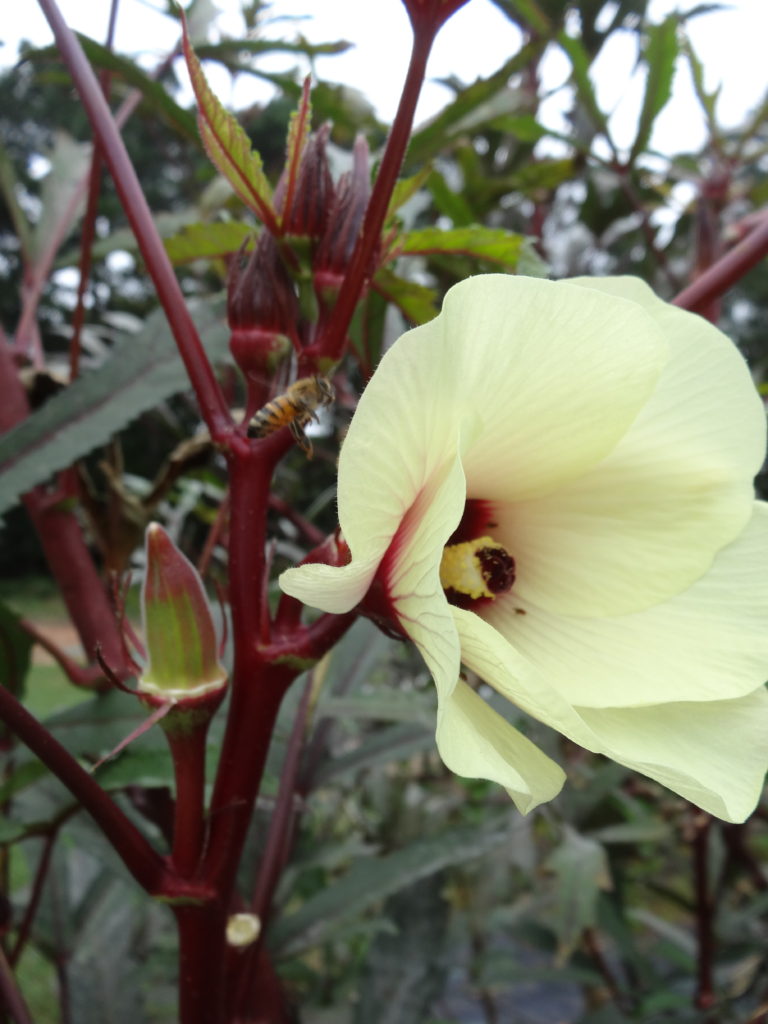
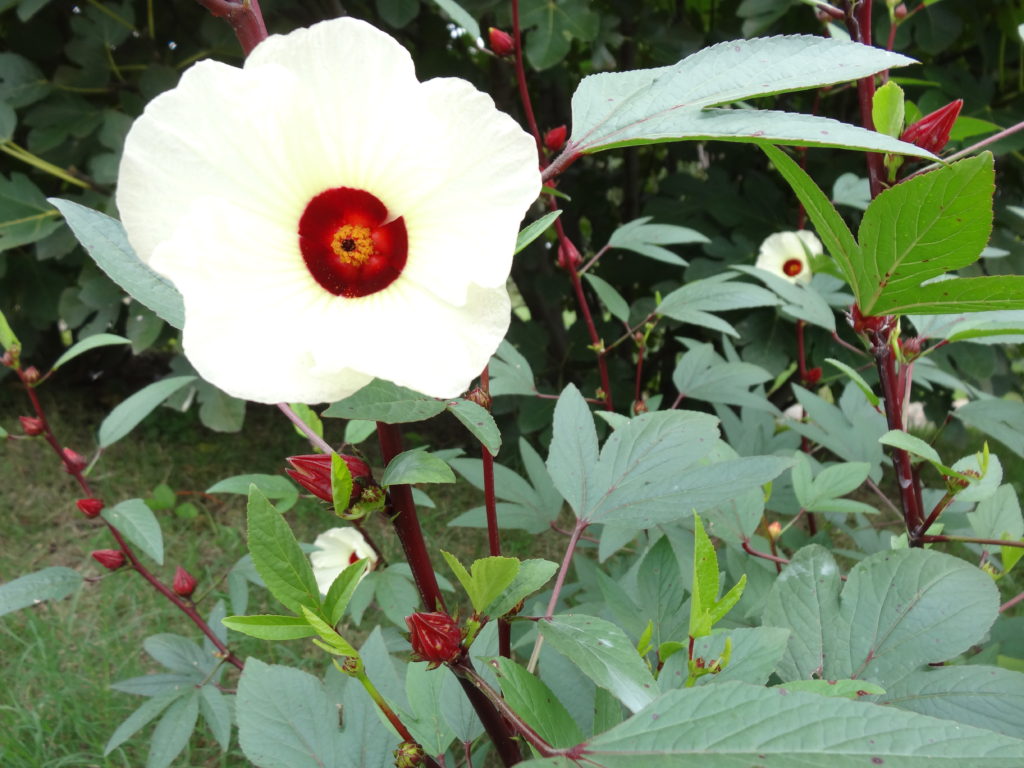
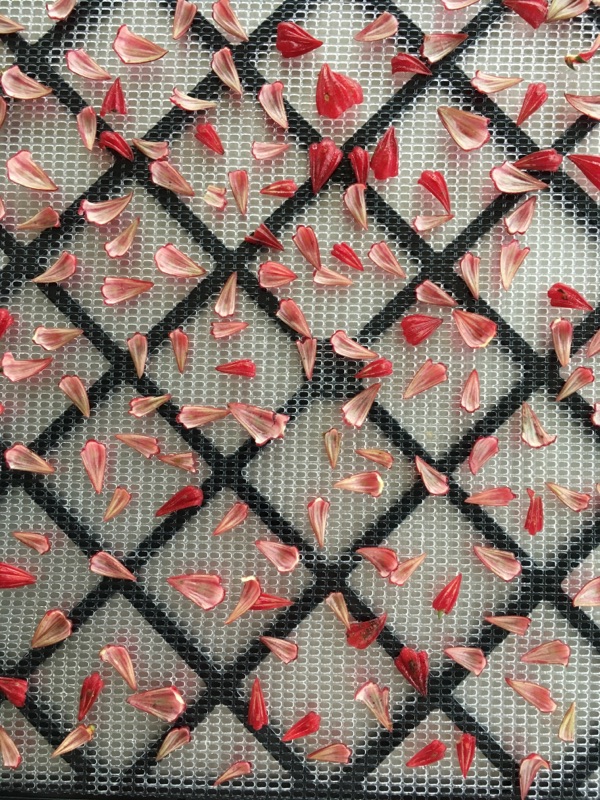
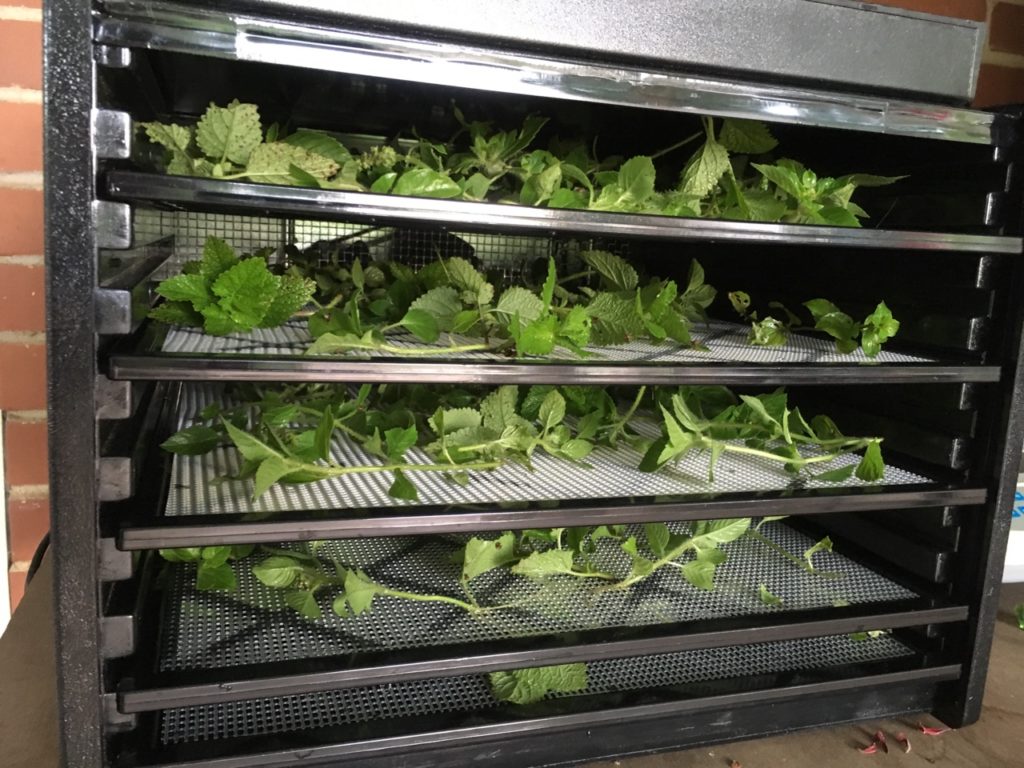
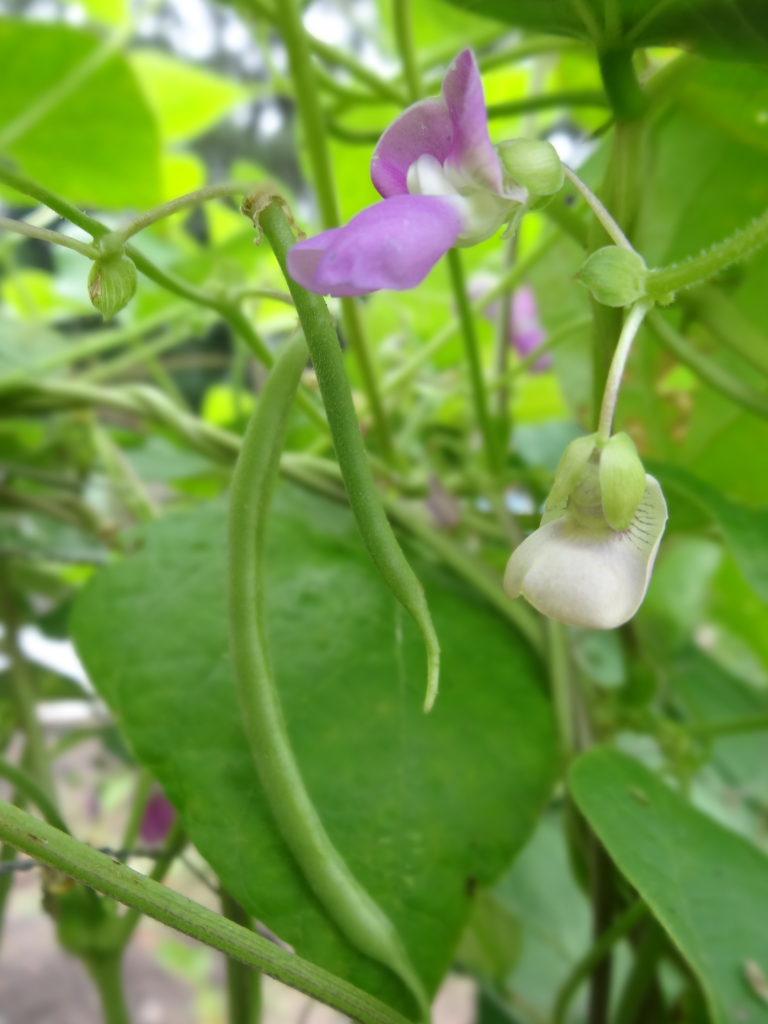
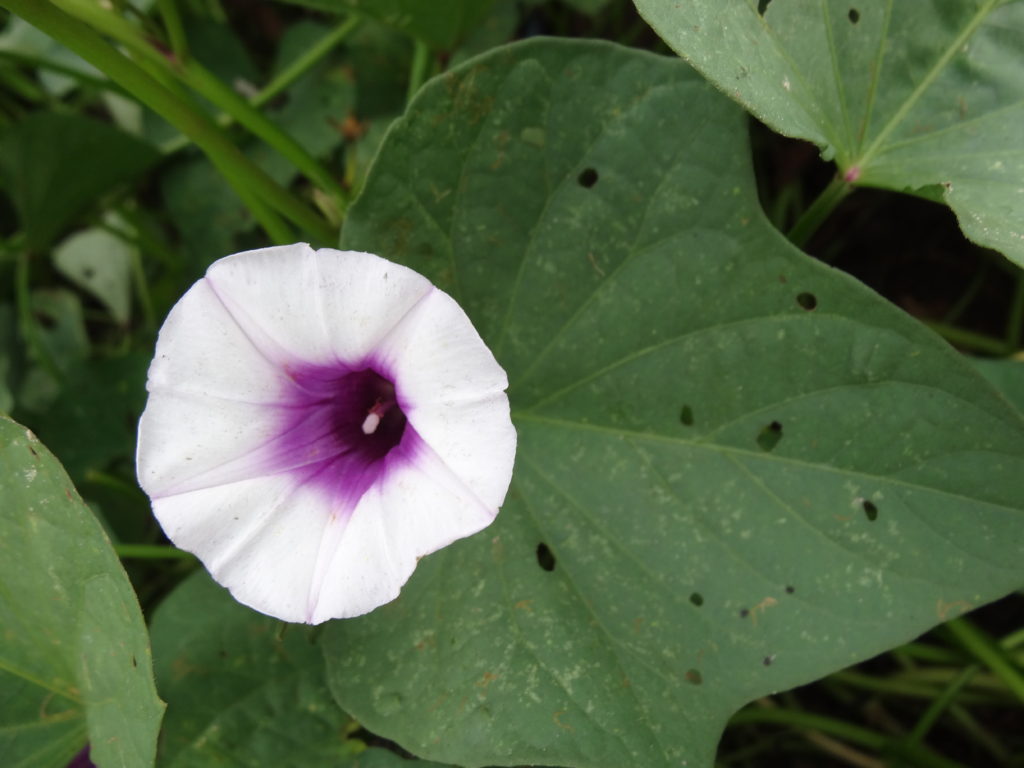
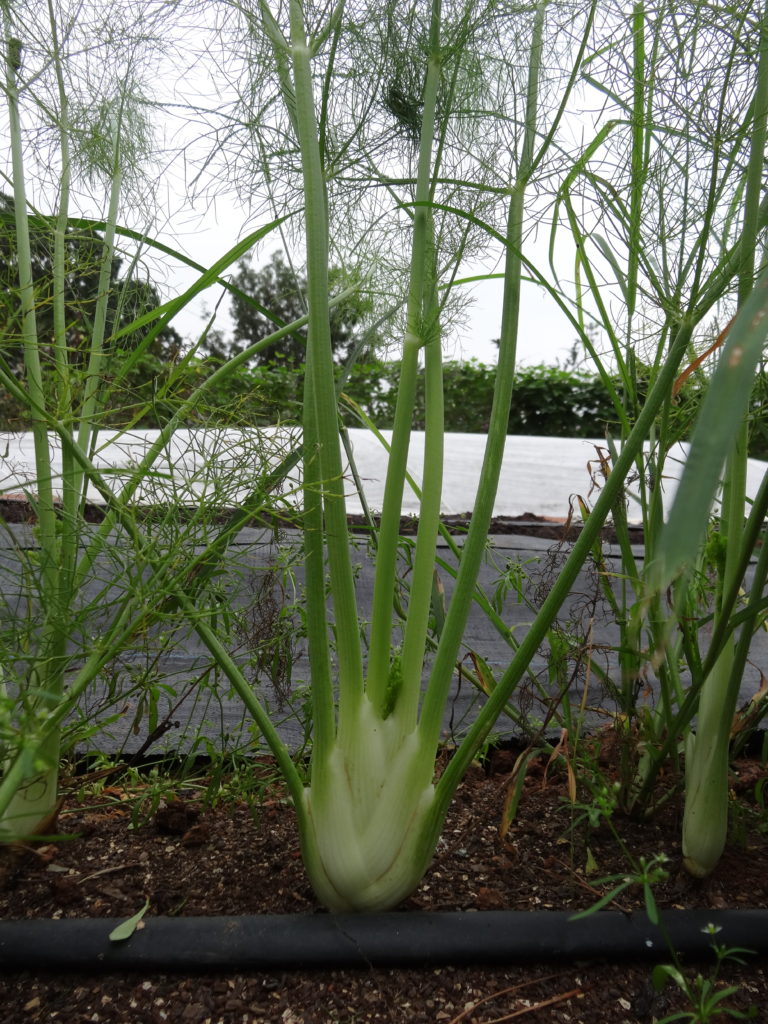
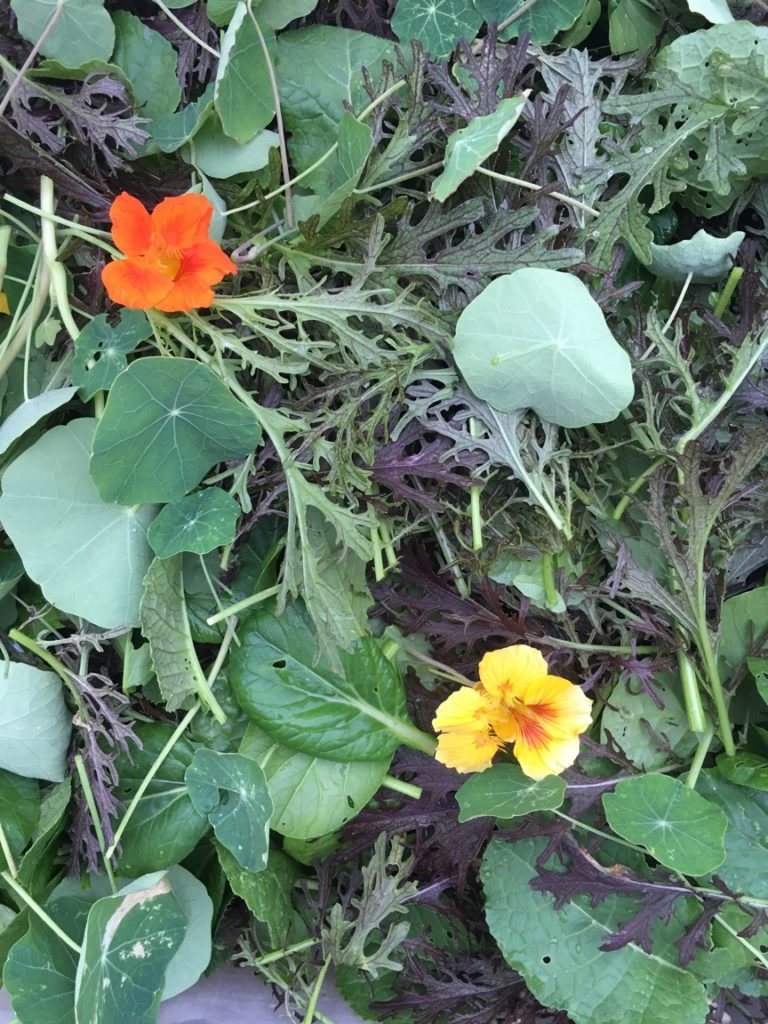
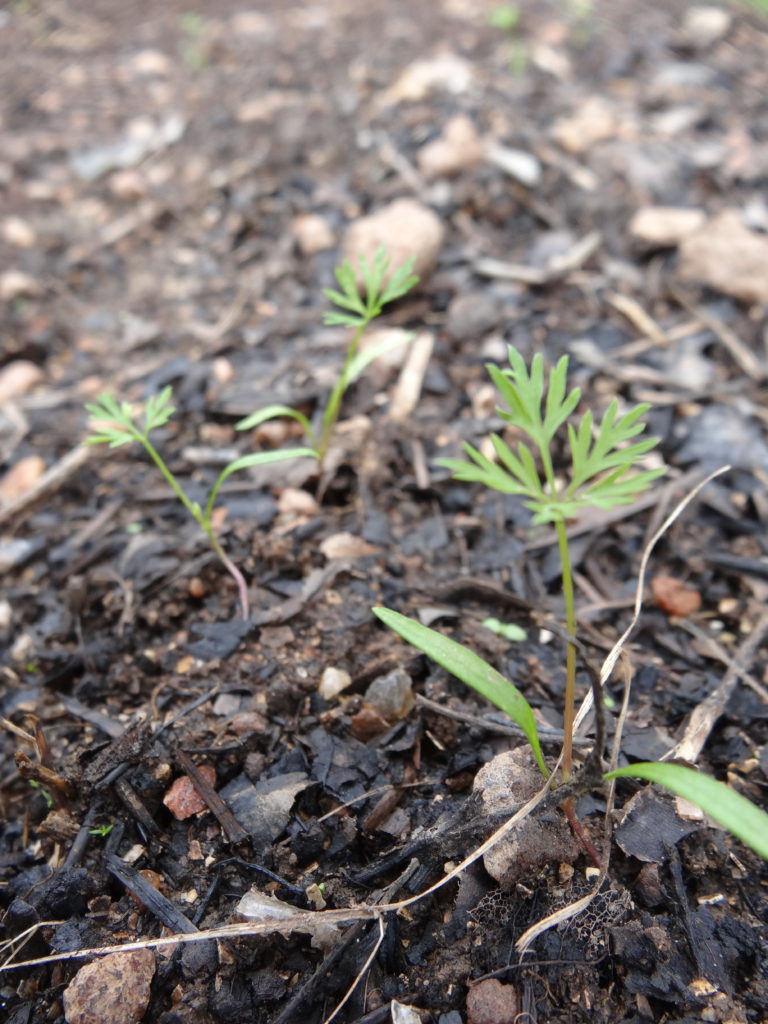
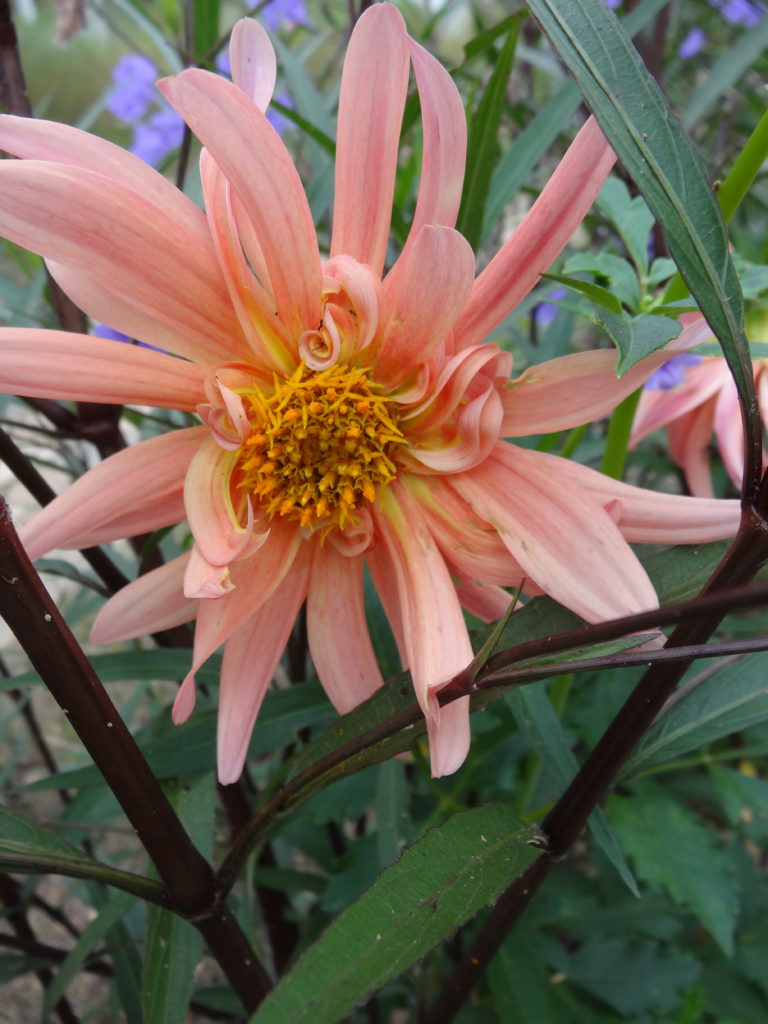
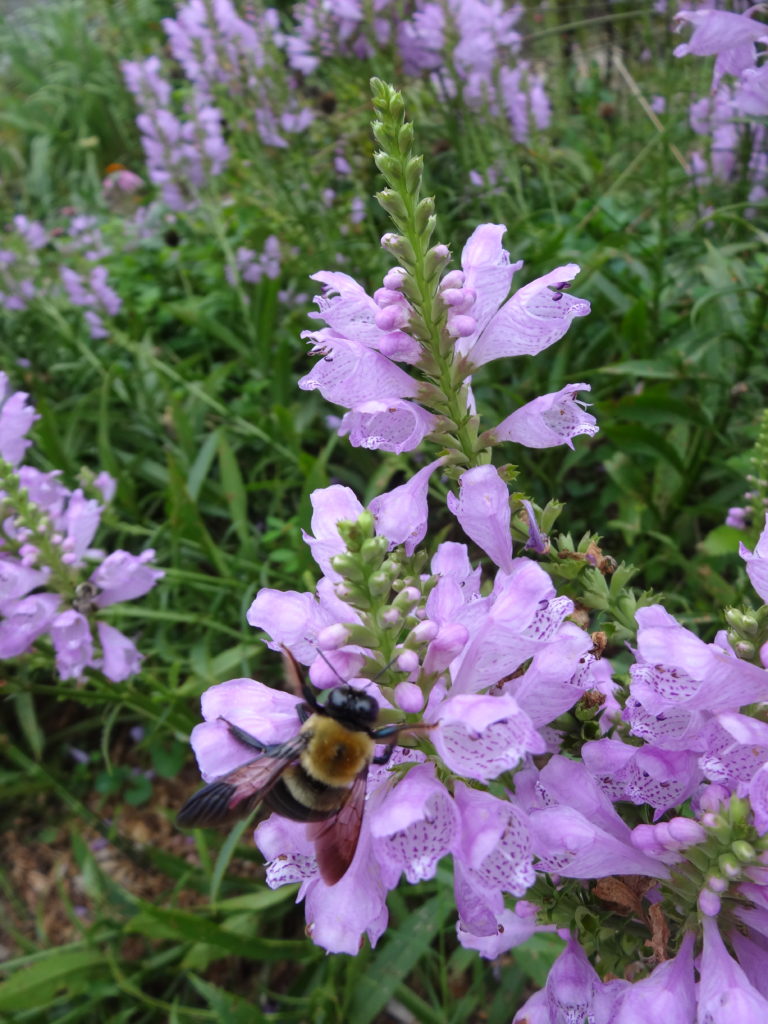
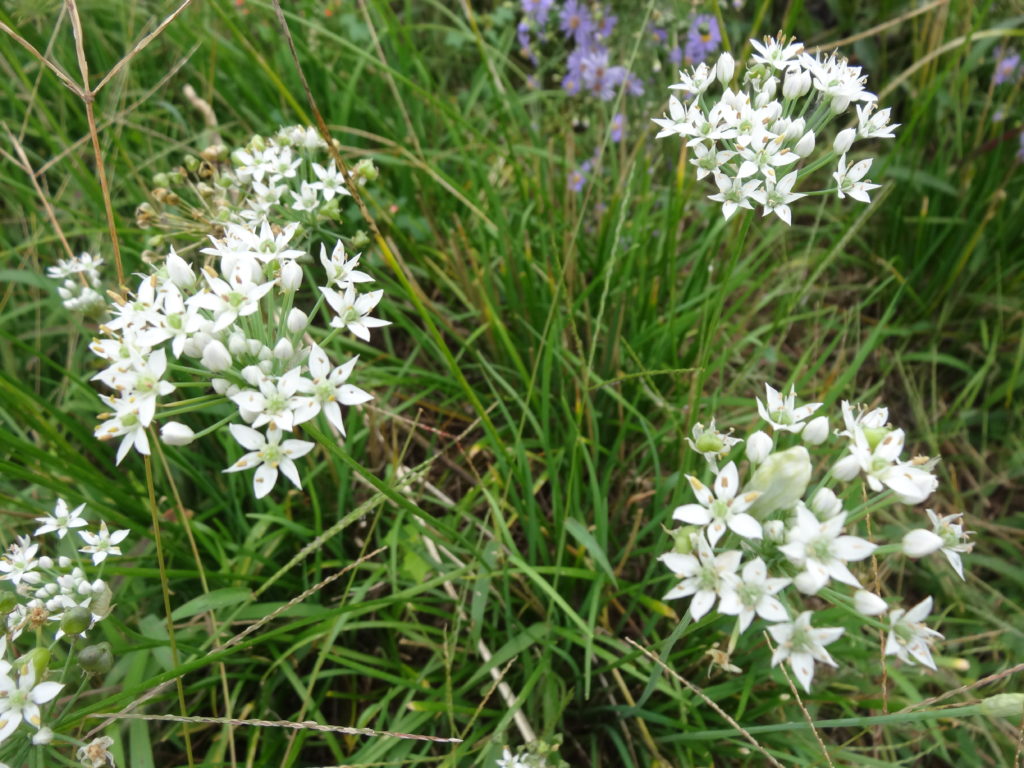
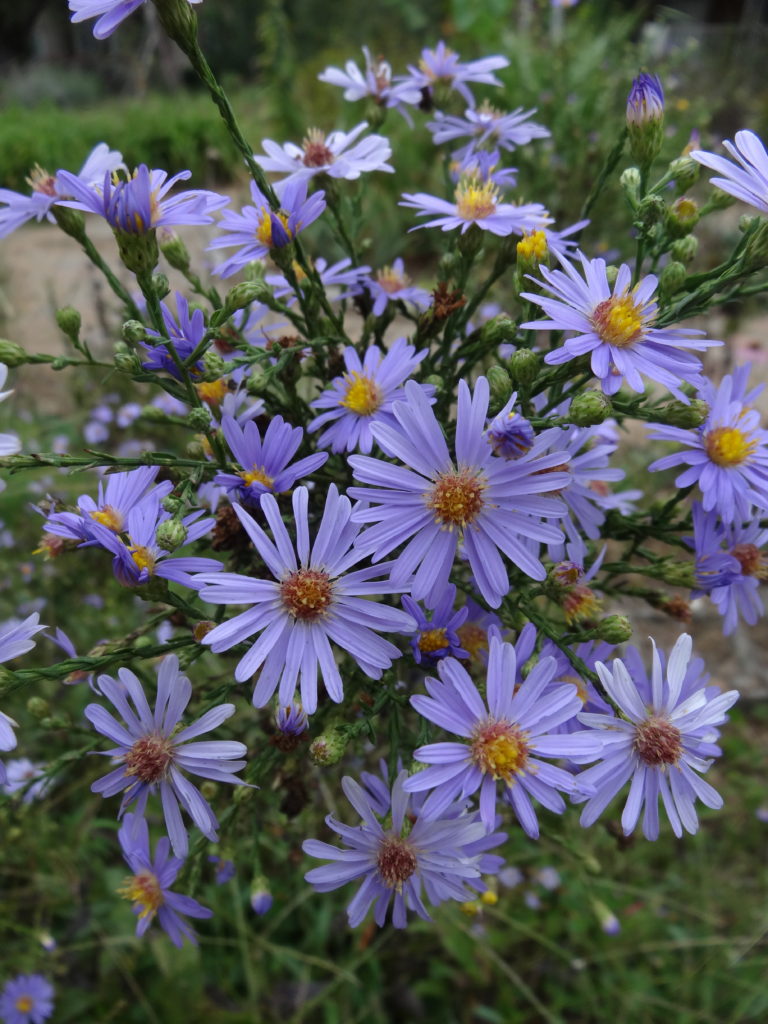
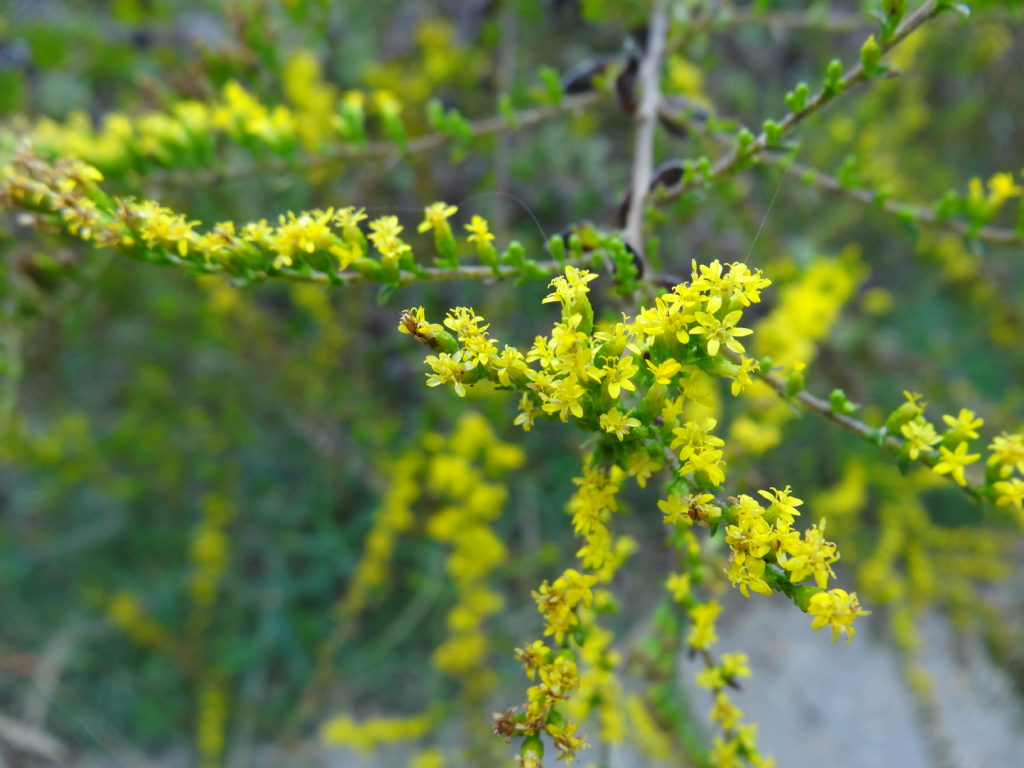
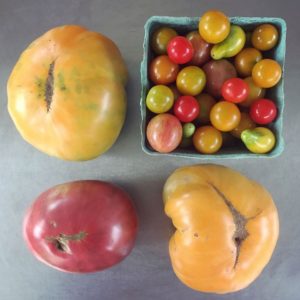
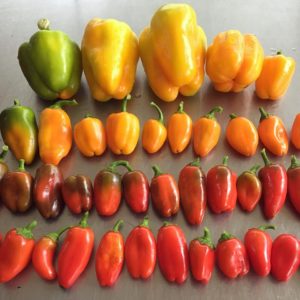
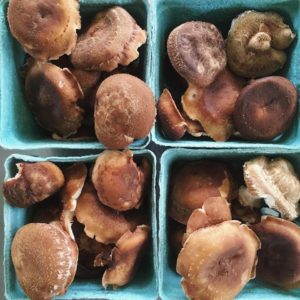
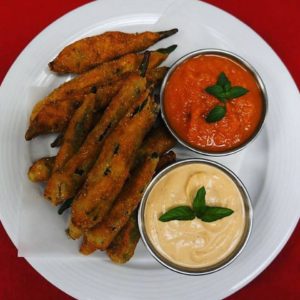
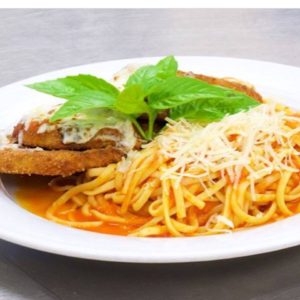
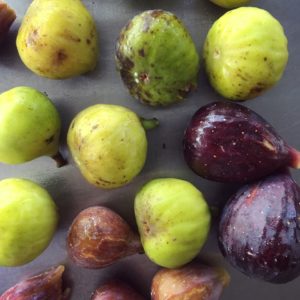
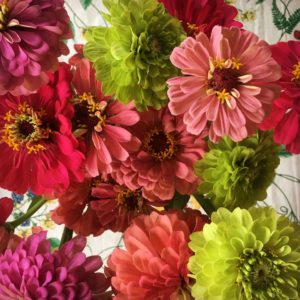
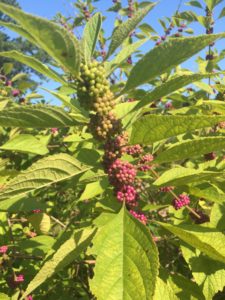
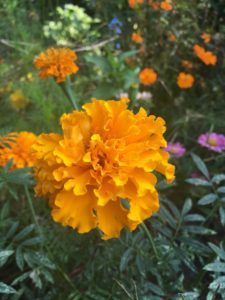
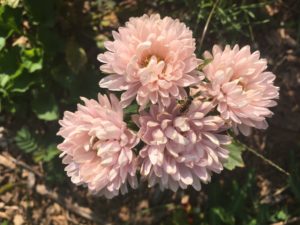
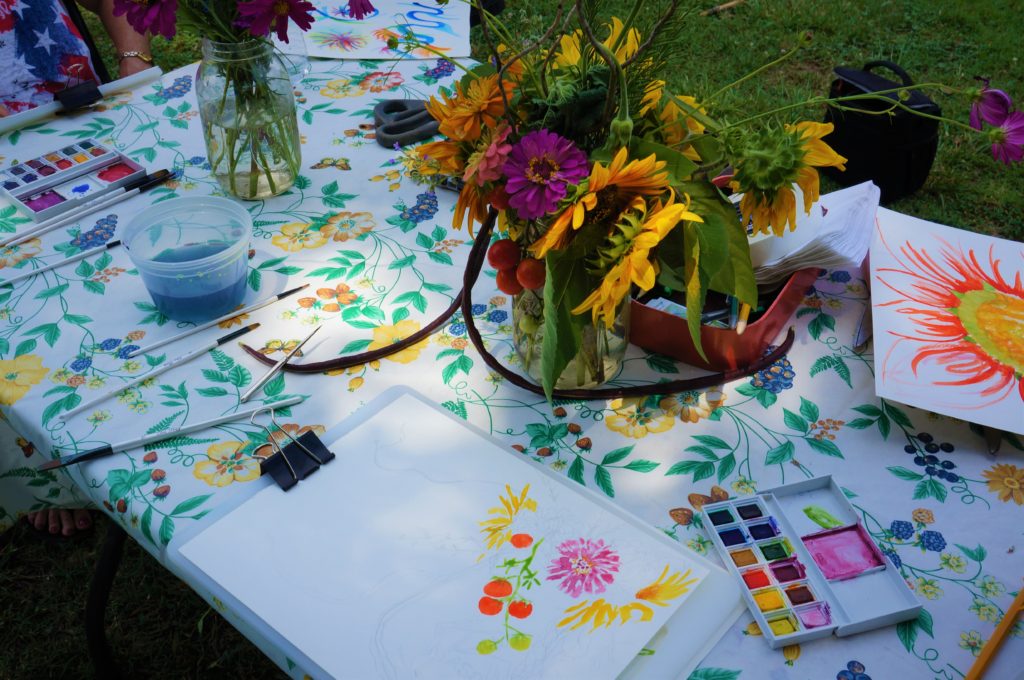
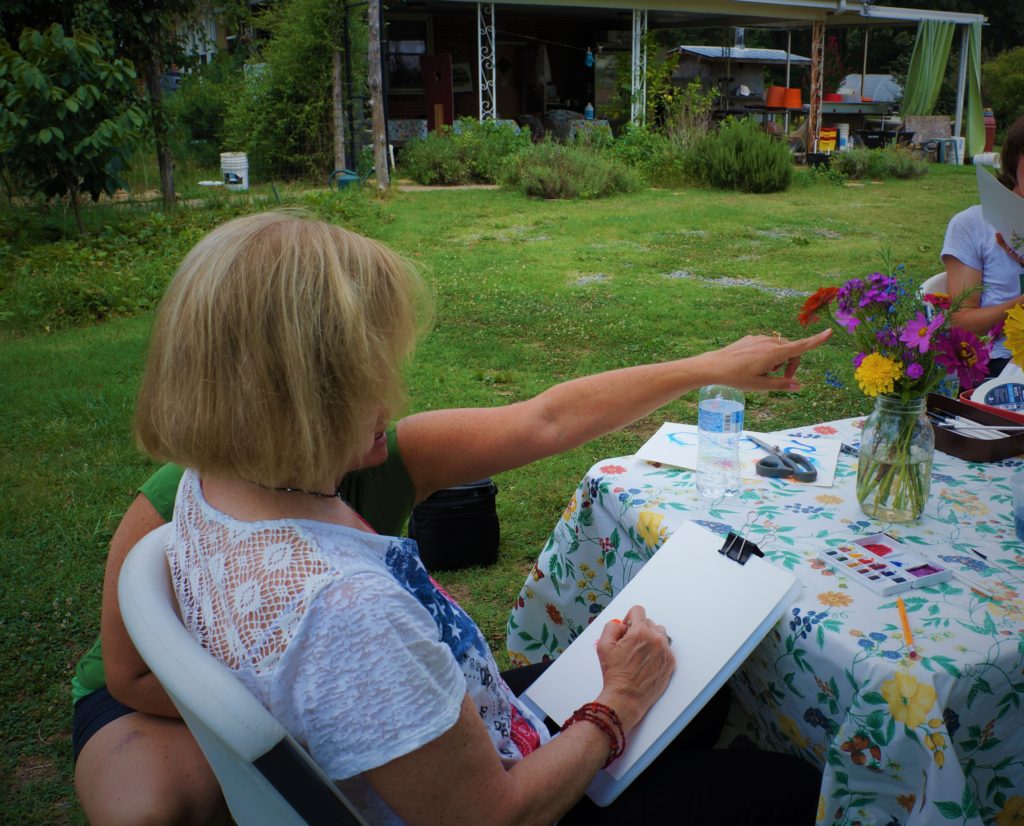
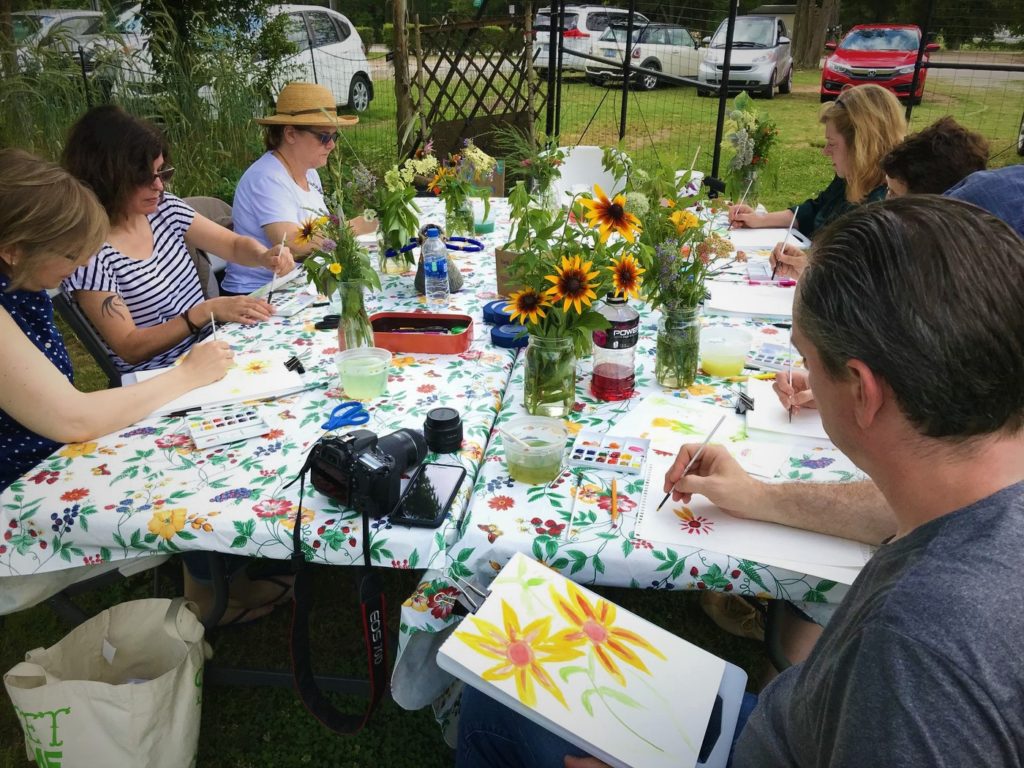
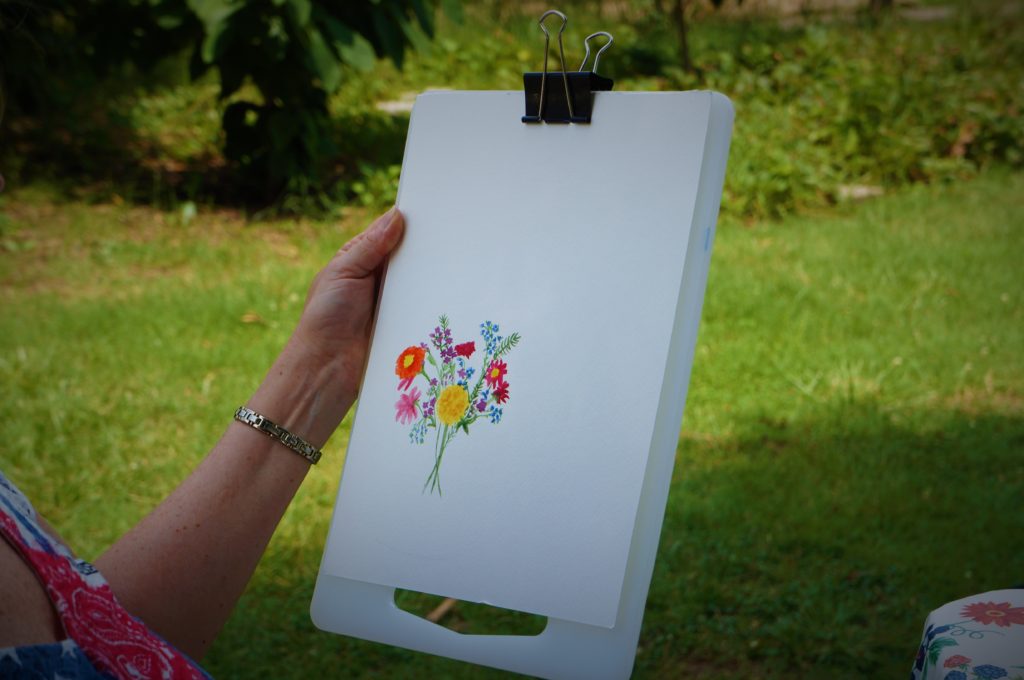
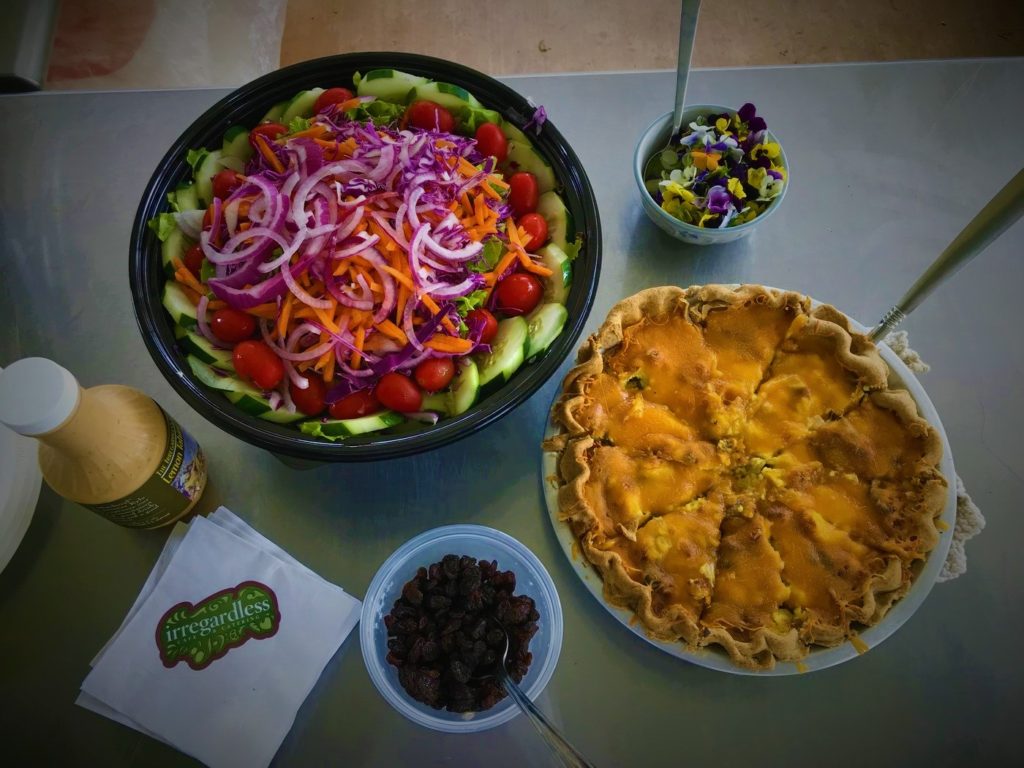
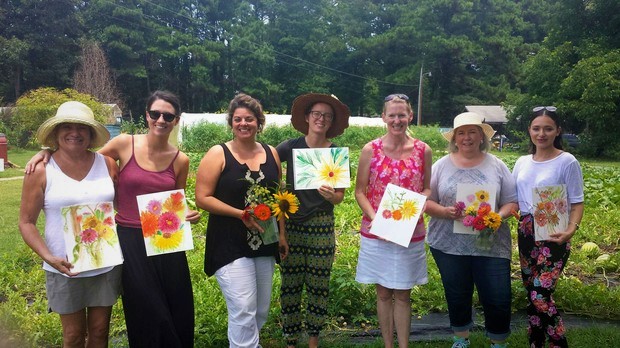
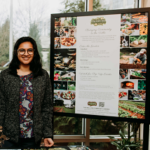

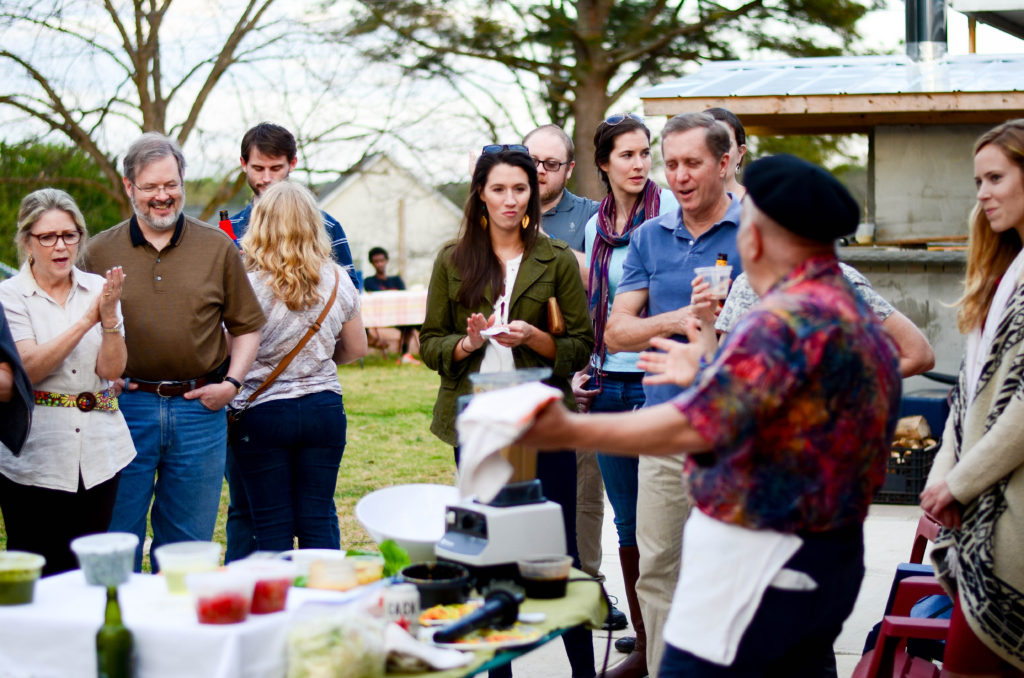
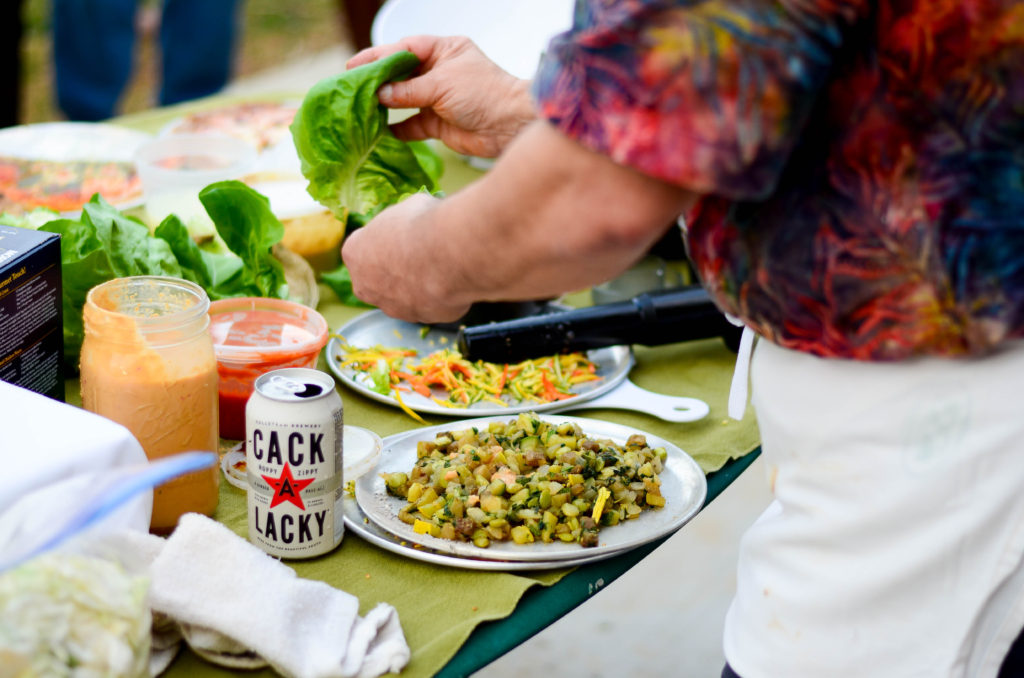
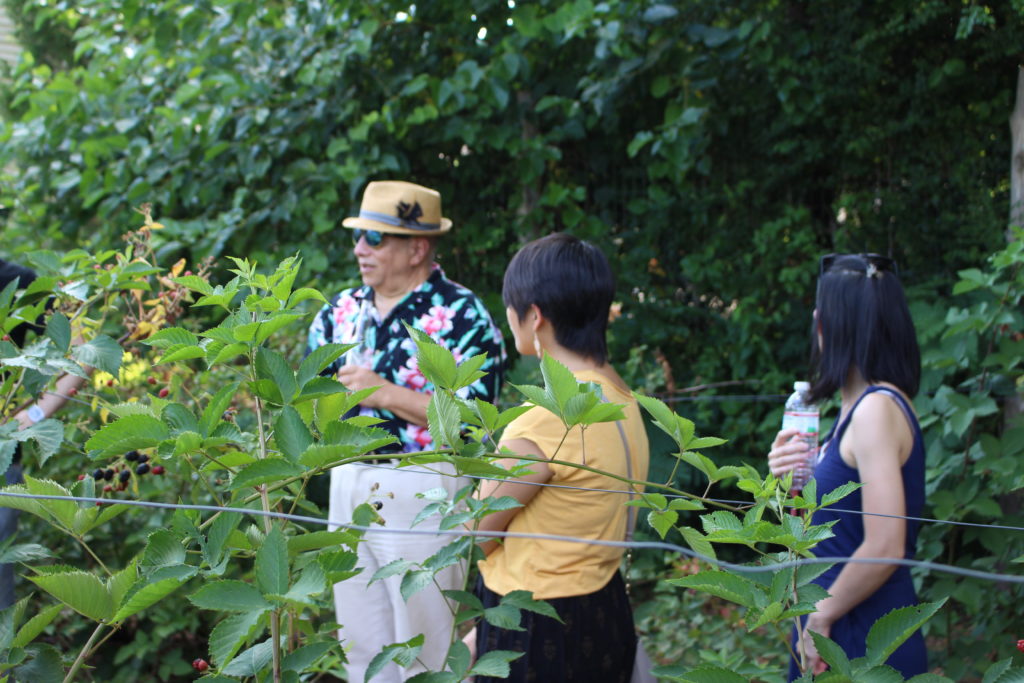
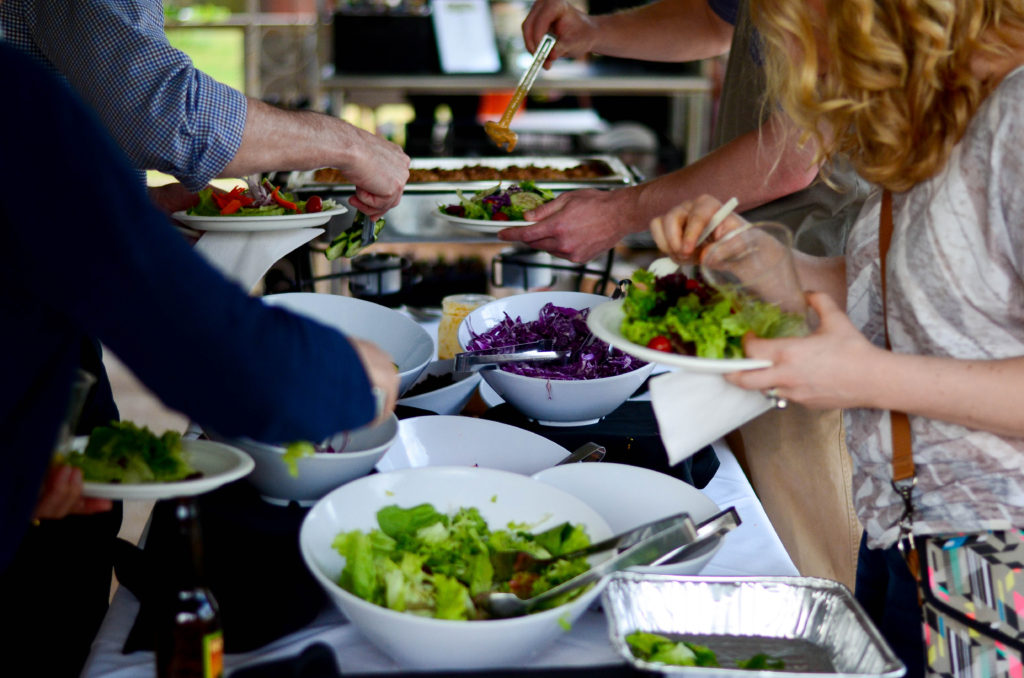
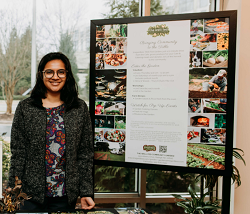
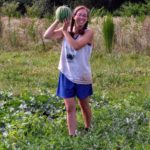 Written by Janette Adams, Produce Assistant at The Well Community Garden
Written by Janette Adams, Produce Assistant at The Well Community Garden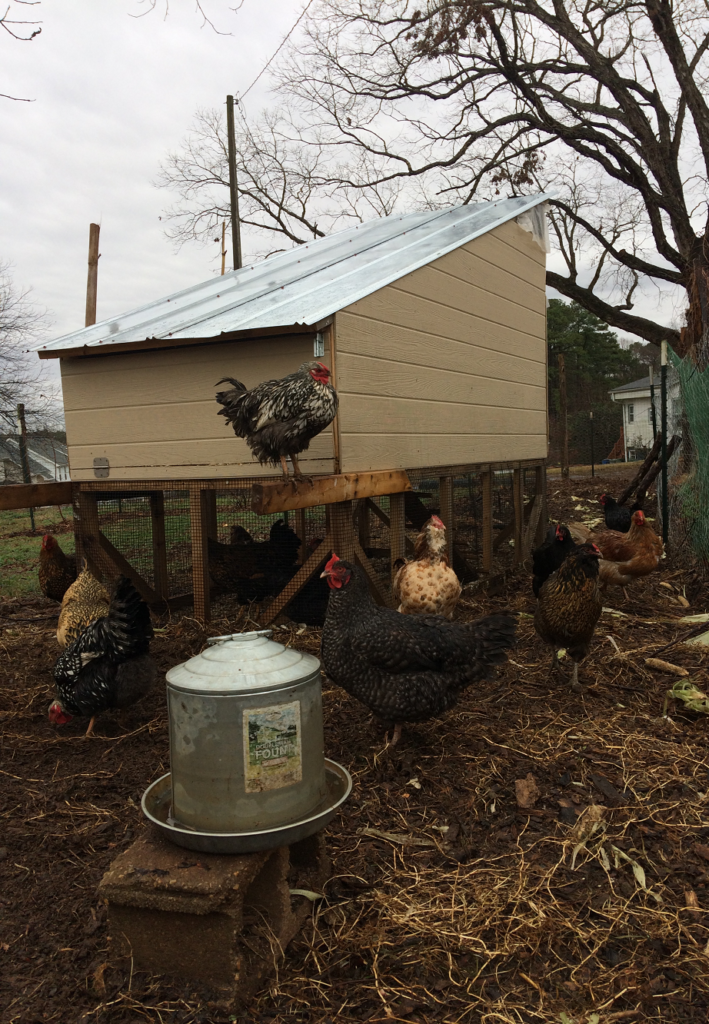 The garden chickens hanging around their coop
The garden chickens hanging around their coop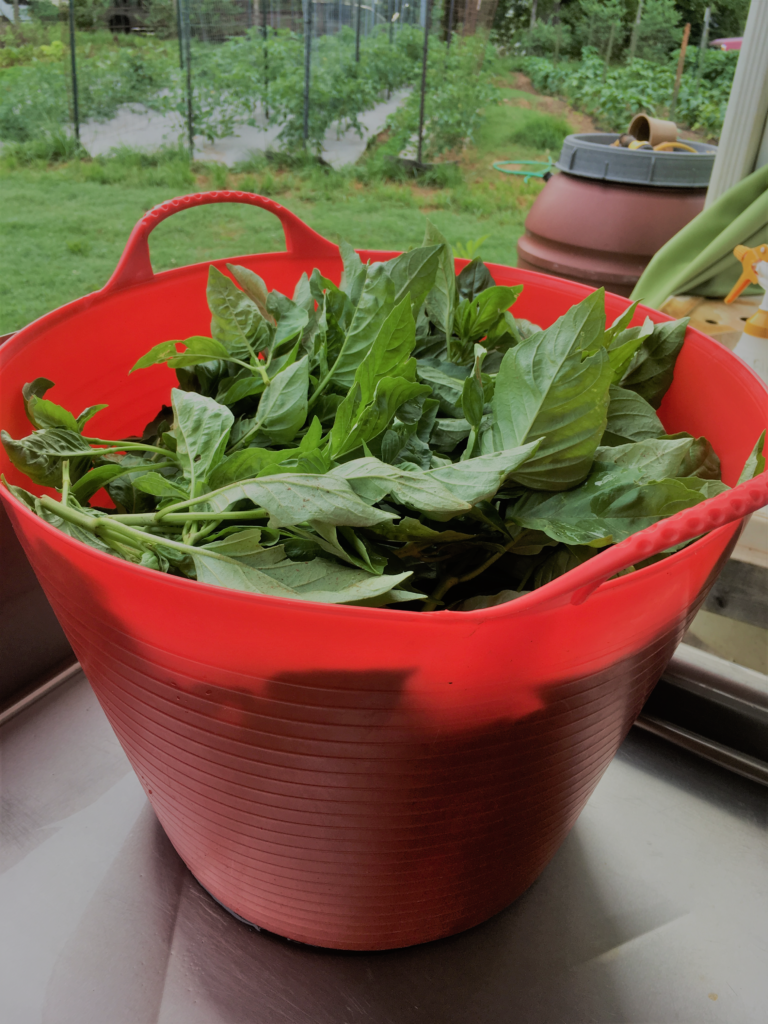 Freshly harvested basil
Freshly harvested basil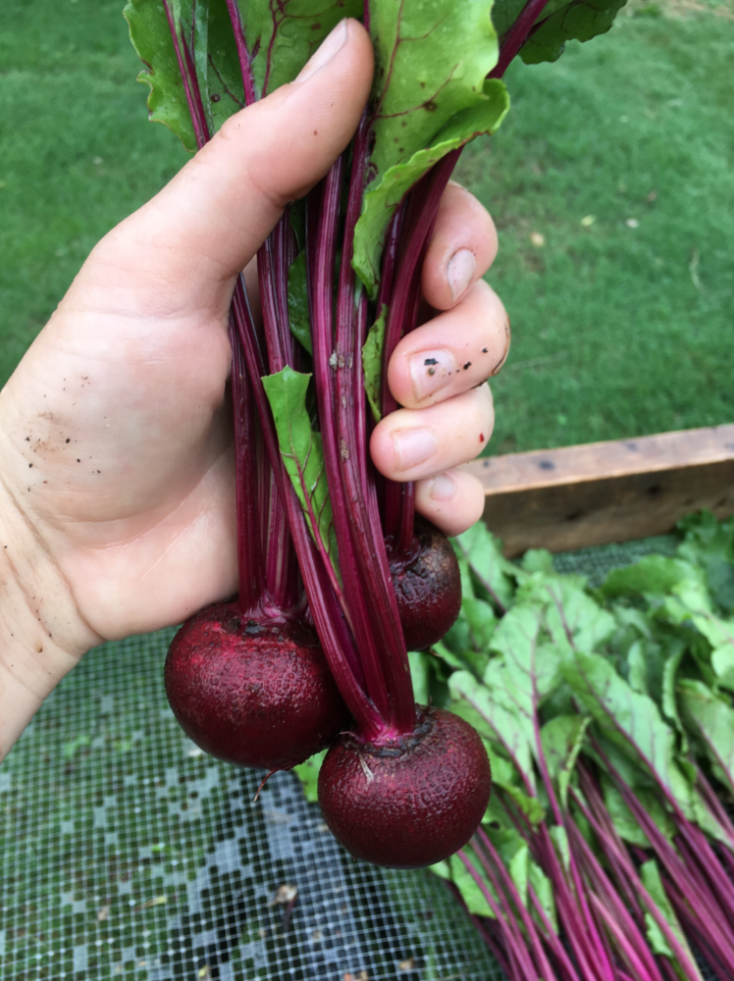 Freshly harvested beets
Freshly harvested beets Orache (also known as Mountain Spinach) in the salad spinner to be dried
Orache (also known as Mountain Spinach) in the salad spinner to be dried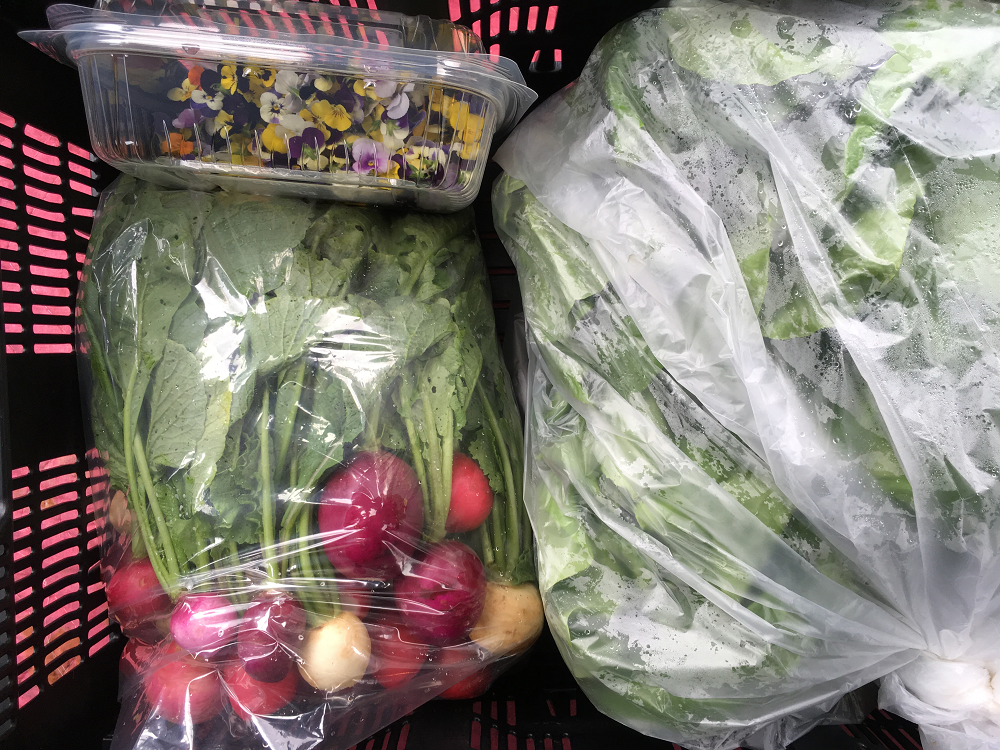 Edible flowers, Bibb lettuce, and radishes packaged up before heading to the Irregardless Cafe
Edible flowers, Bibb lettuce, and radishes packaged up before heading to the Irregardless Cafe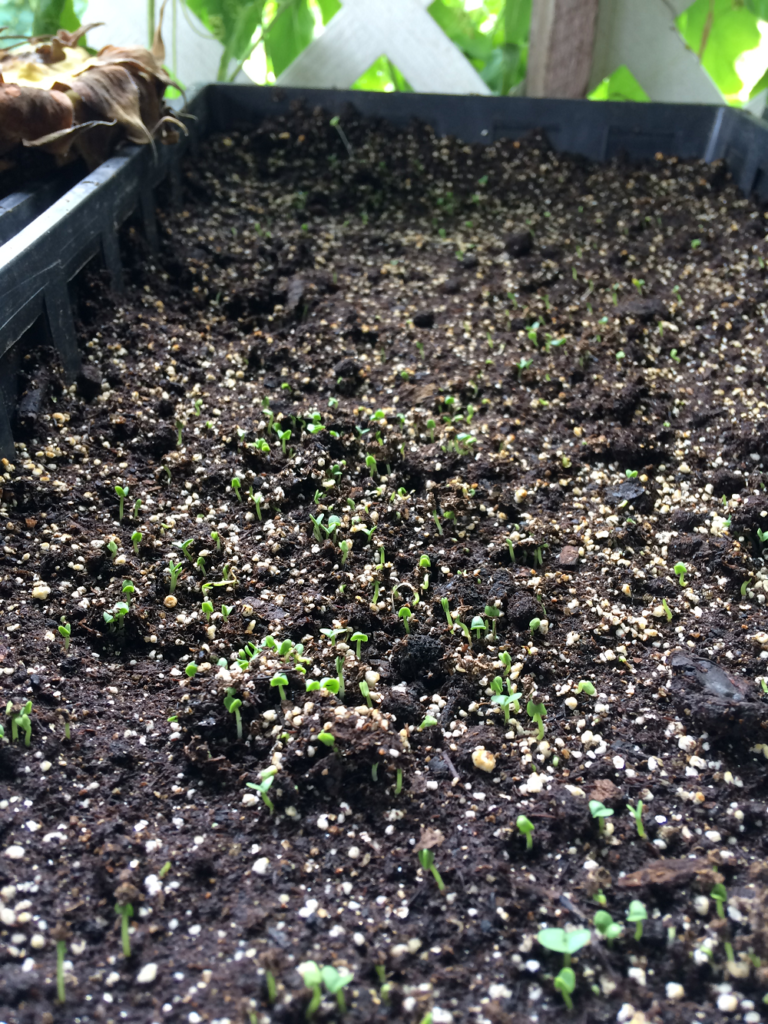 Recently germinated microgreen seeds
Recently germinated microgreen seeds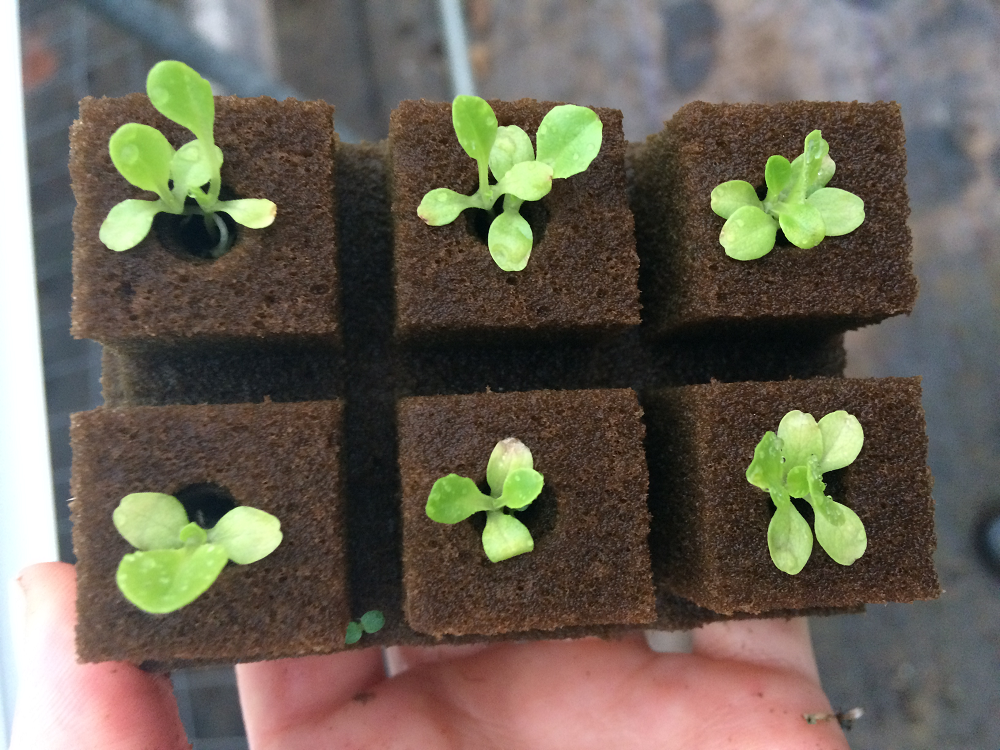 Hydroponic Bibb lettuce seedlings
Hydroponic Bibb lettuce seedlings Sweet farm dog Bella resting her eyes
Sweet farm dog Bella resting her eyes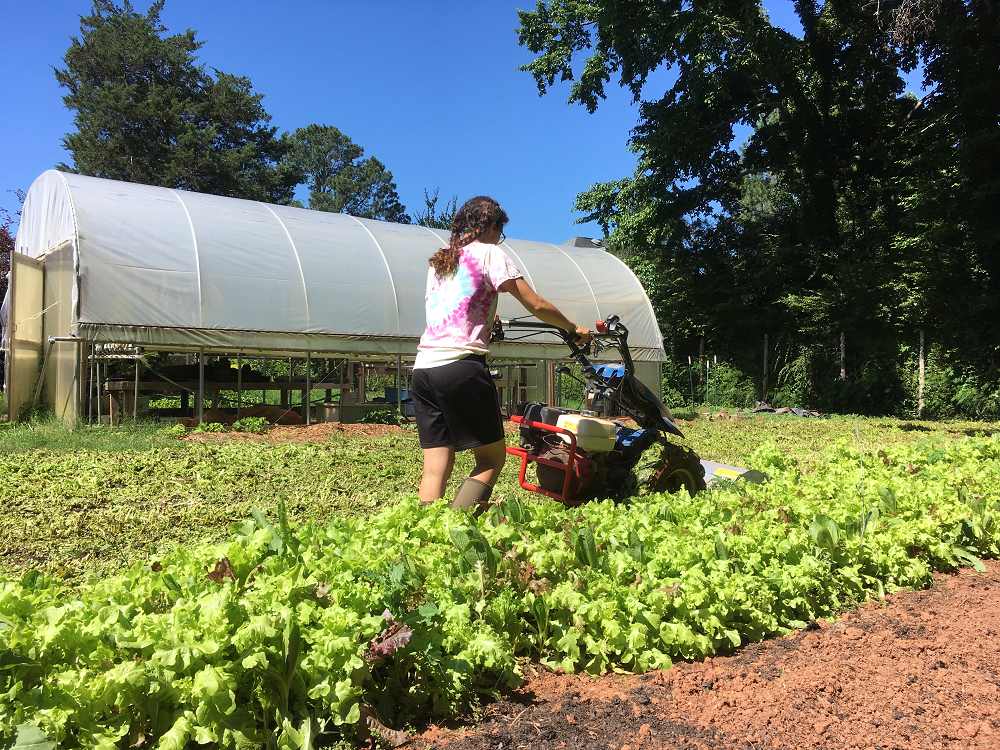 Mowing the lettuce down with the BCS walk behind tractor before cover cropping with cow peas
Mowing the lettuce down with the BCS walk behind tractor before cover cropping with cow peas
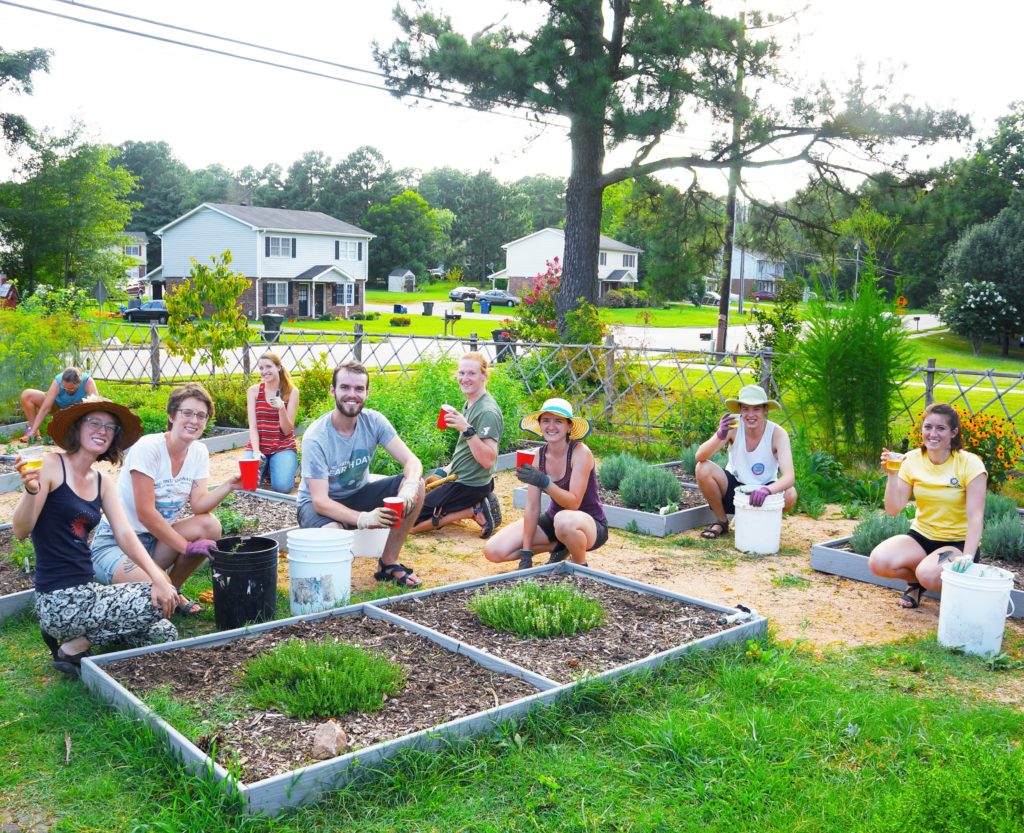 Volunteers at the weekly Thursday evening Wine and Weeds event
Volunteers at the weekly Thursday evening Wine and Weeds event











